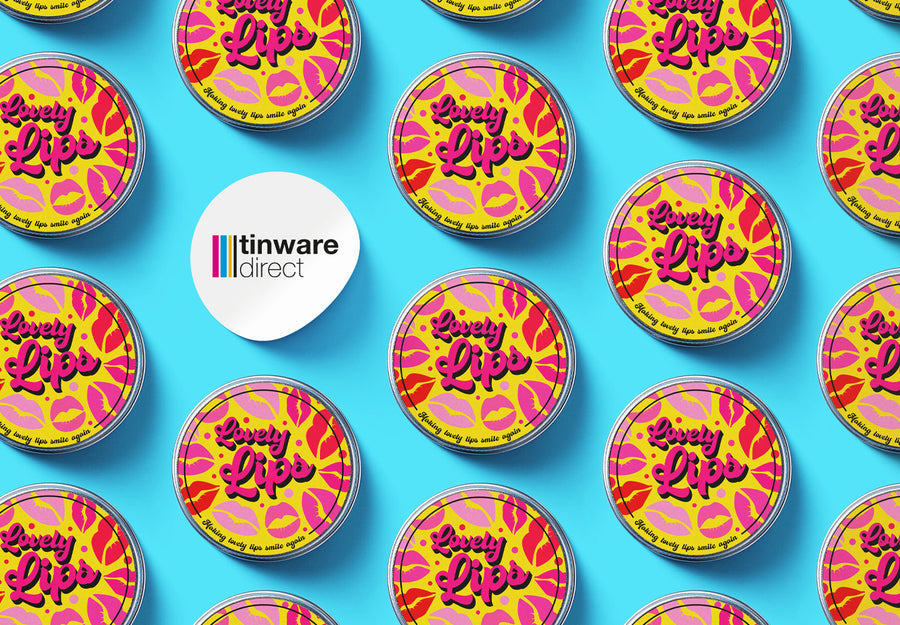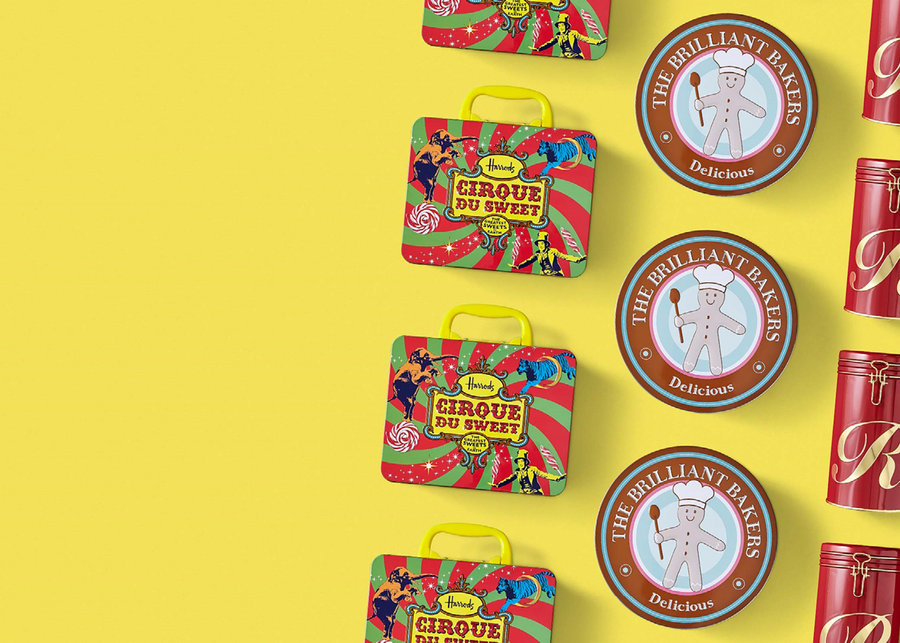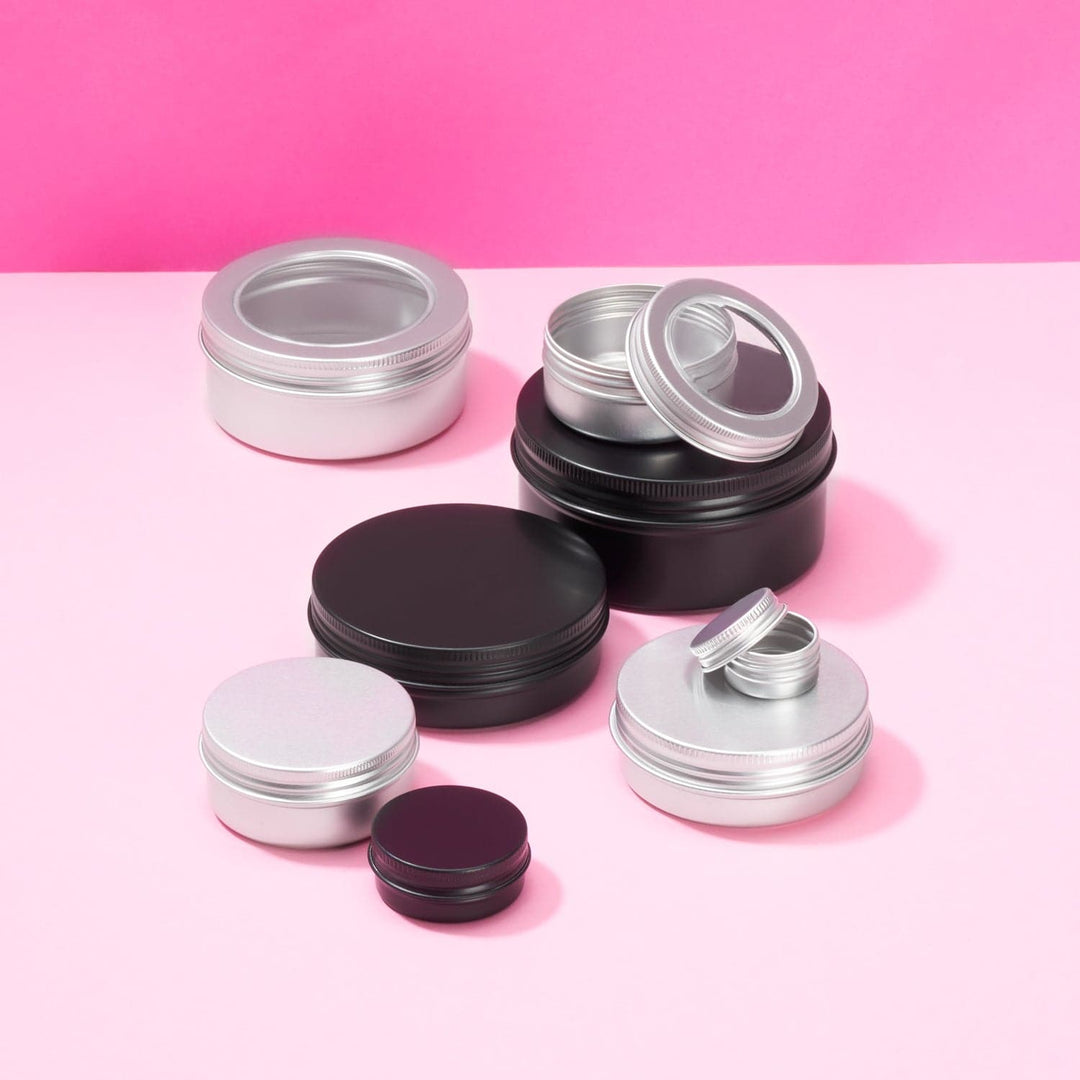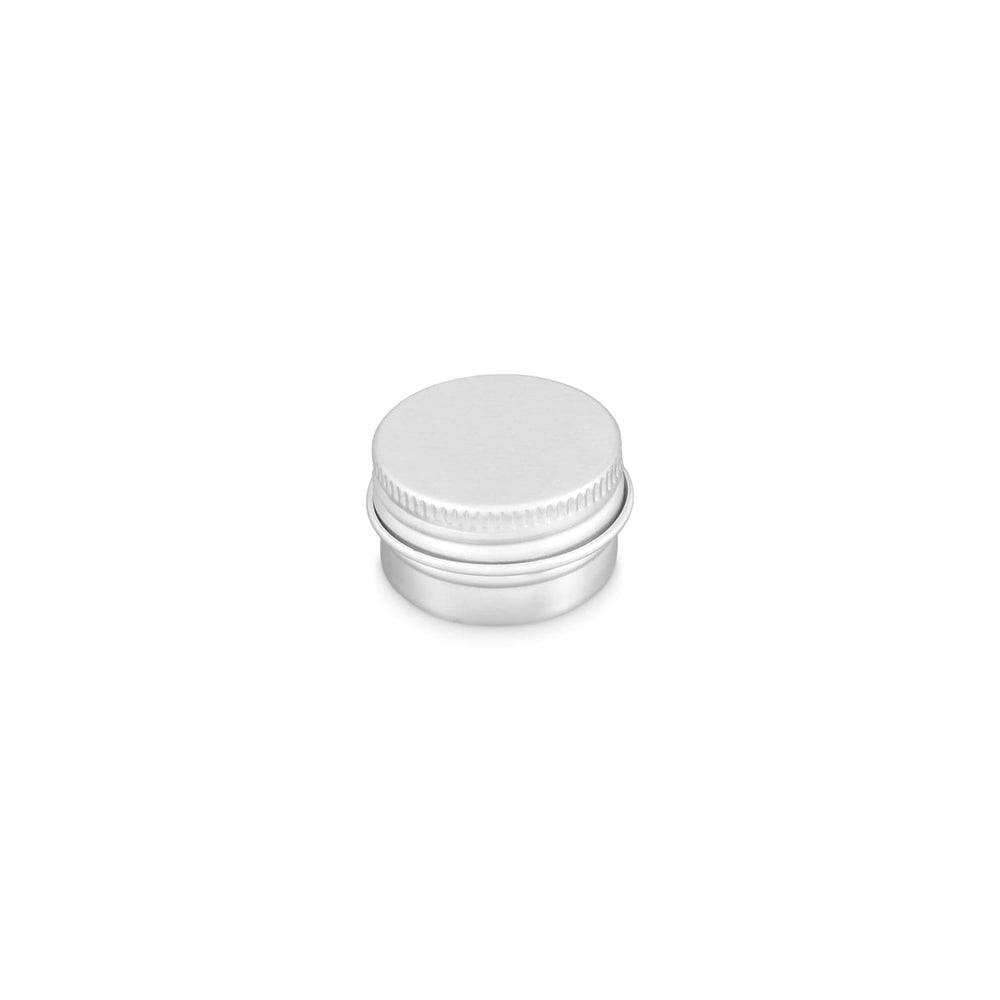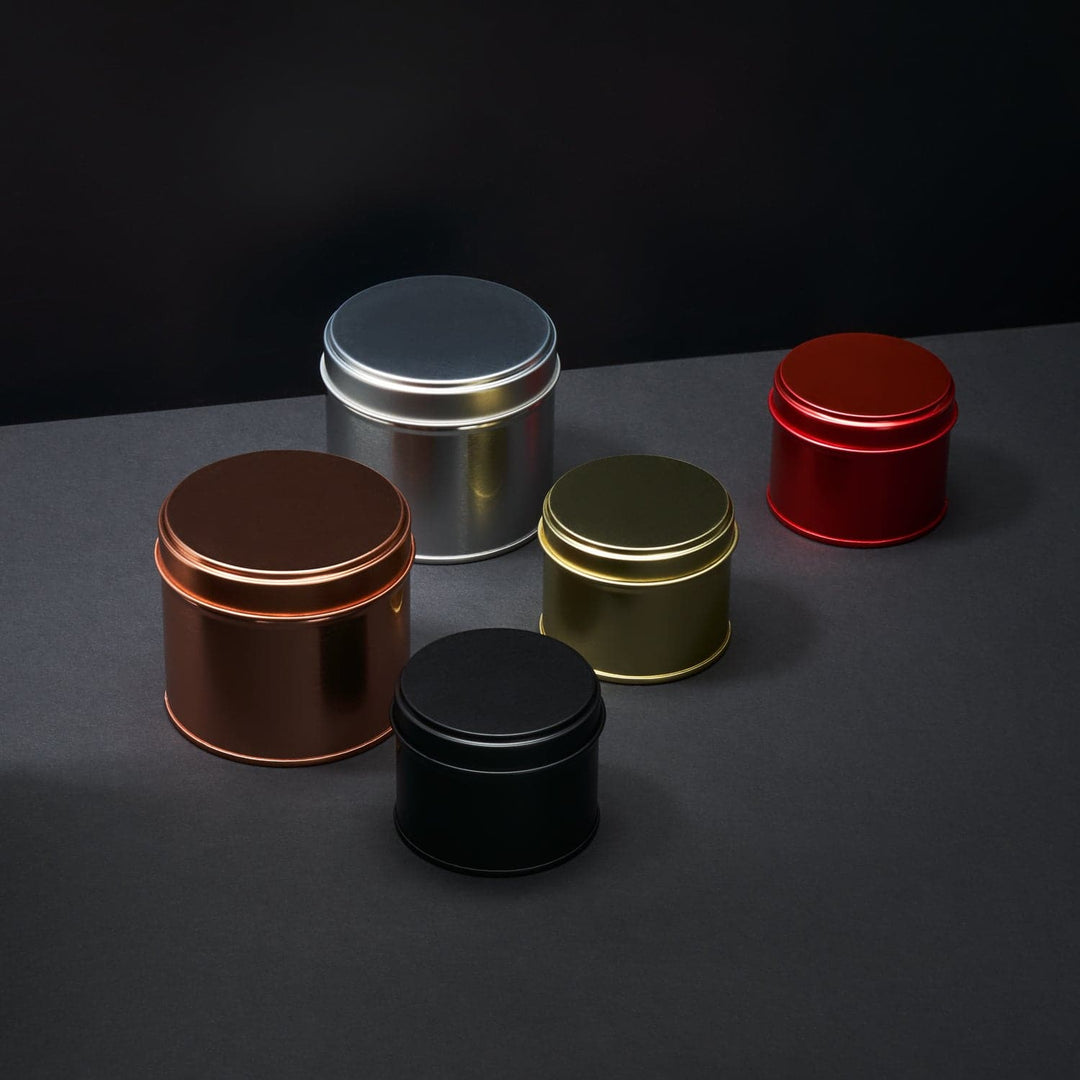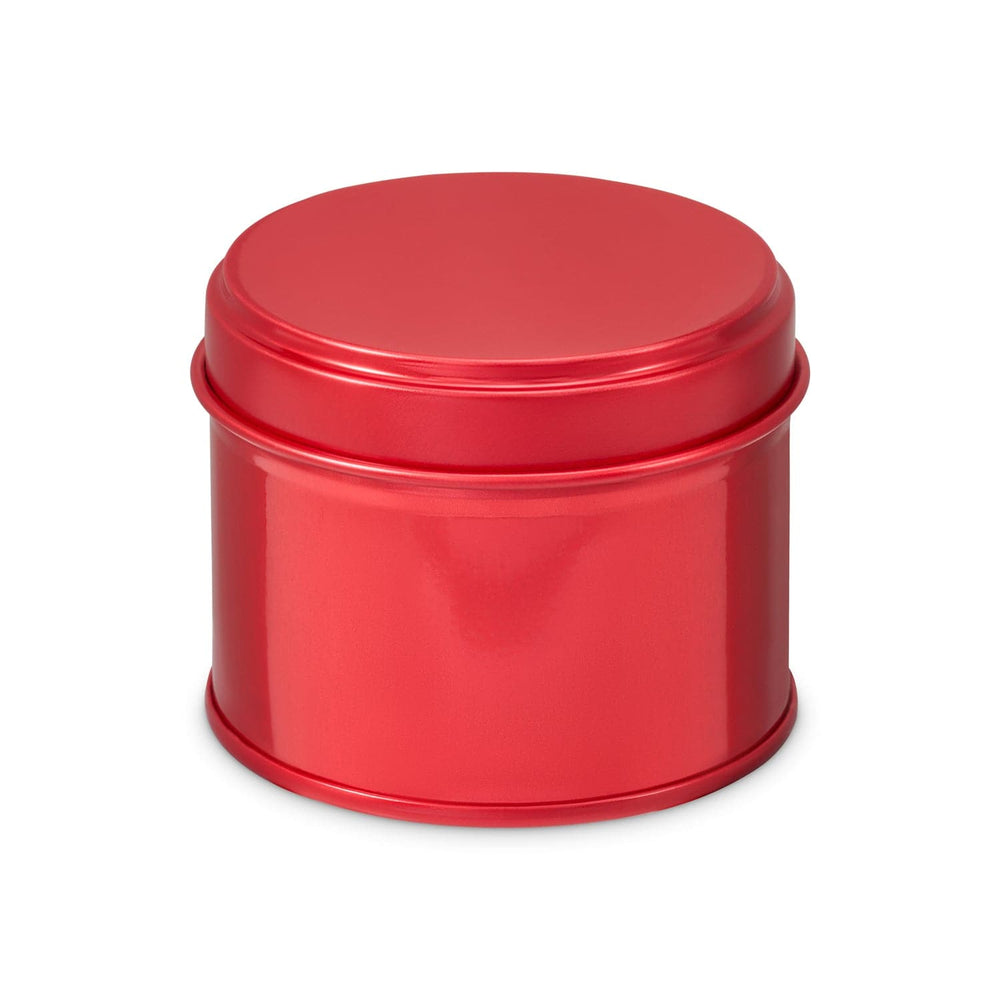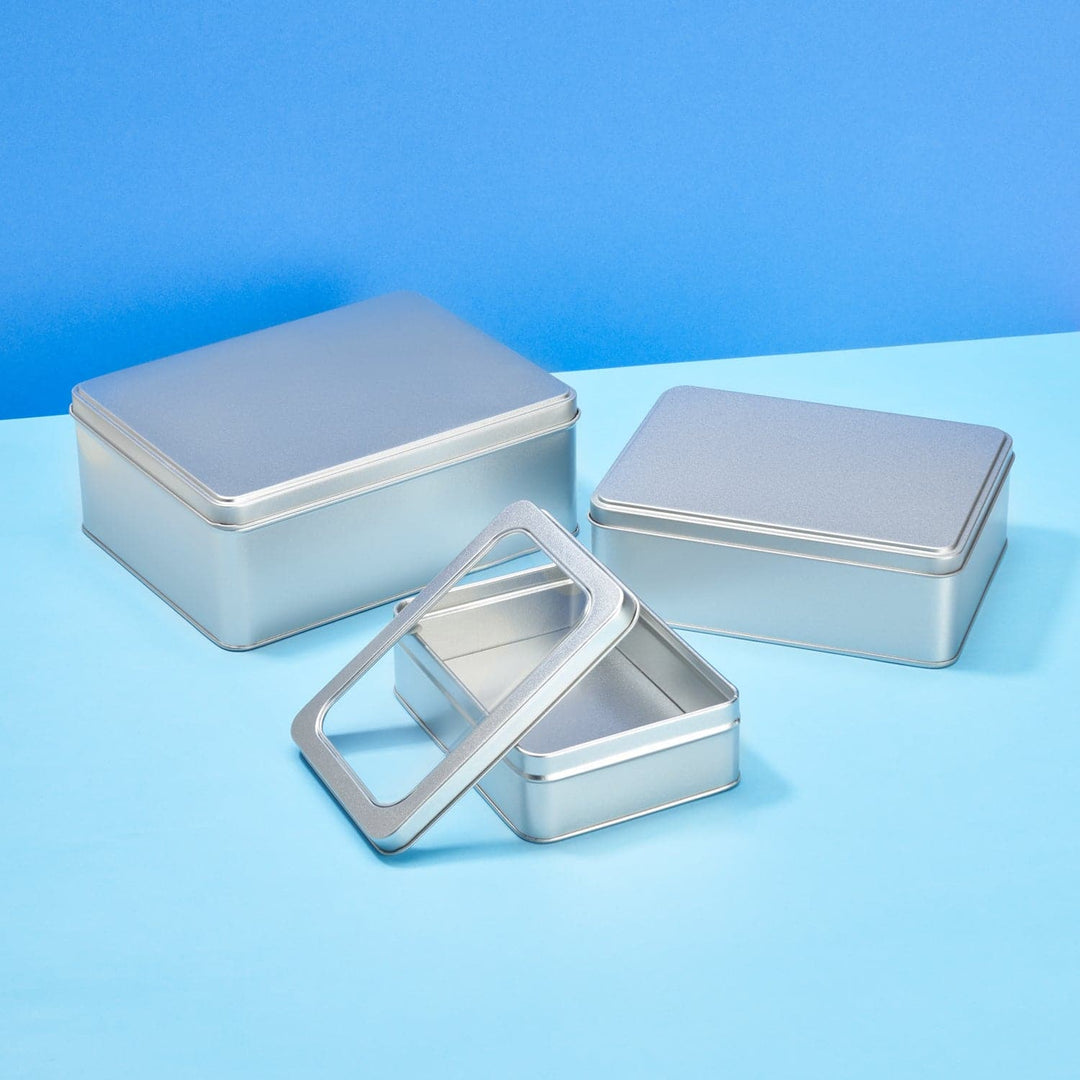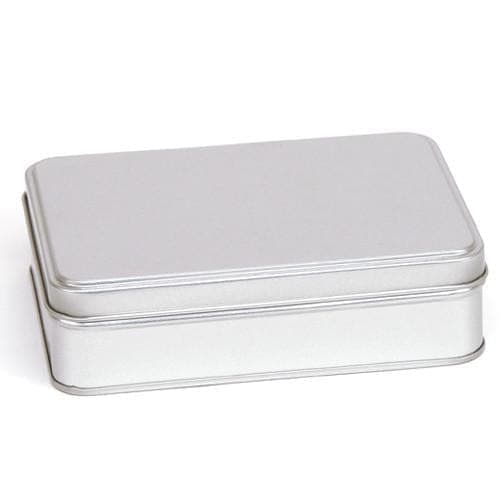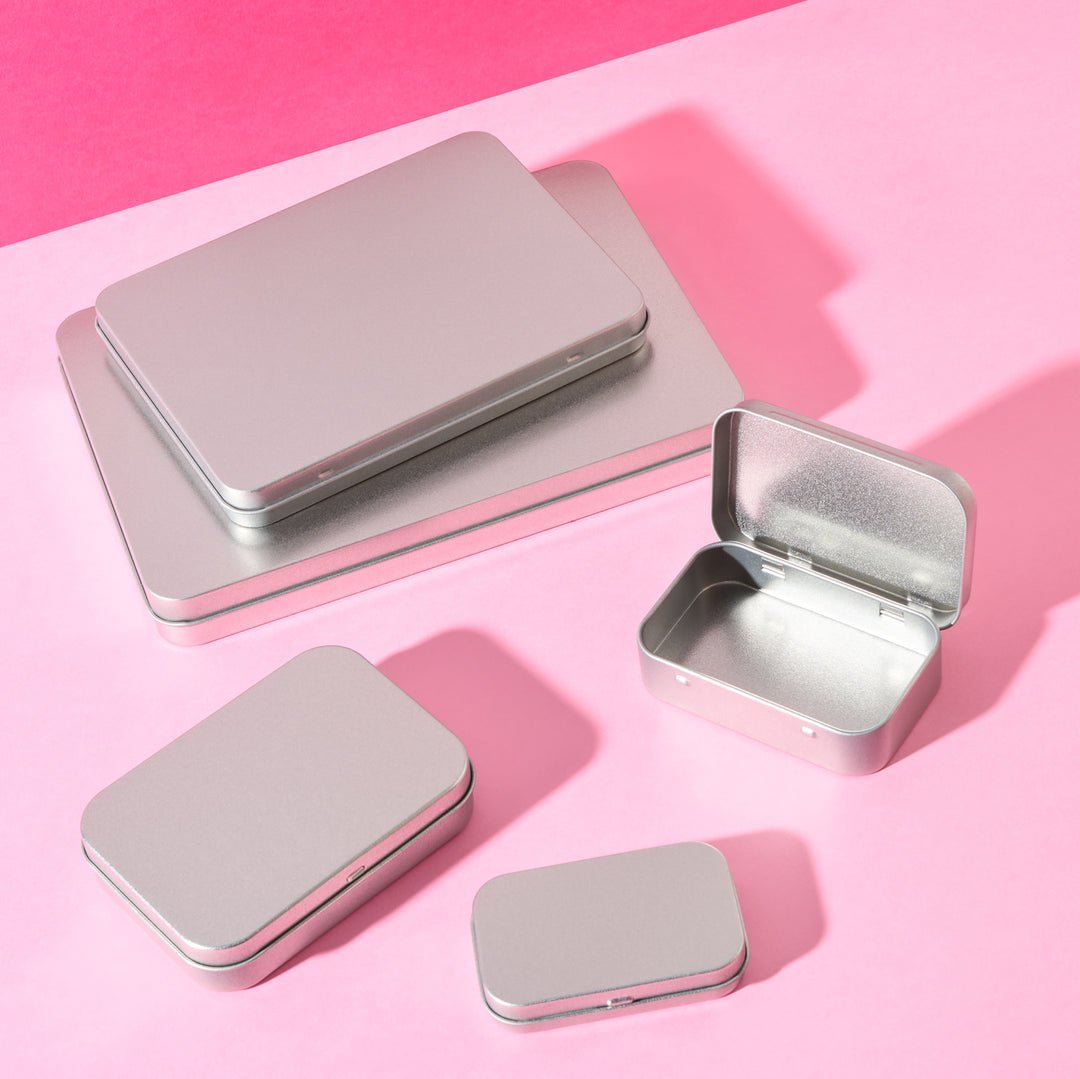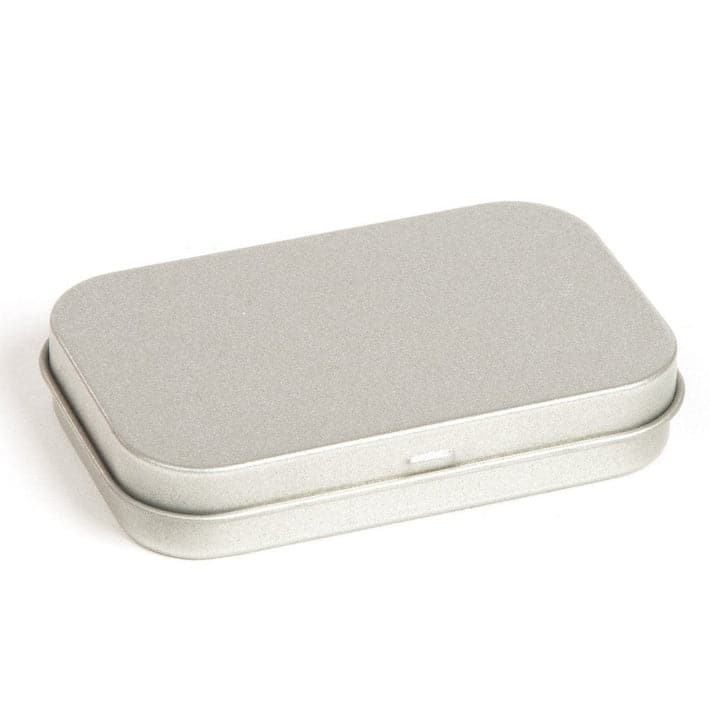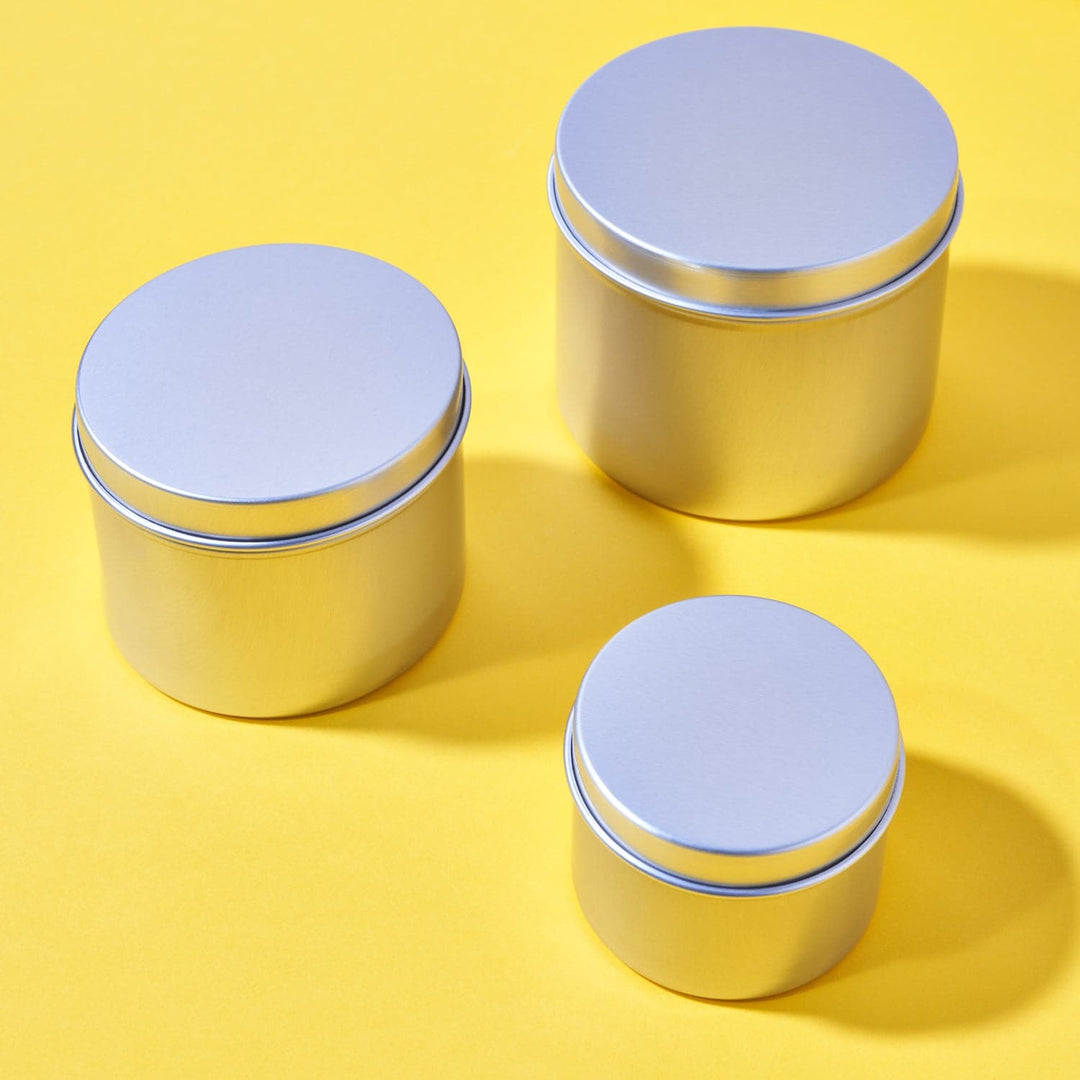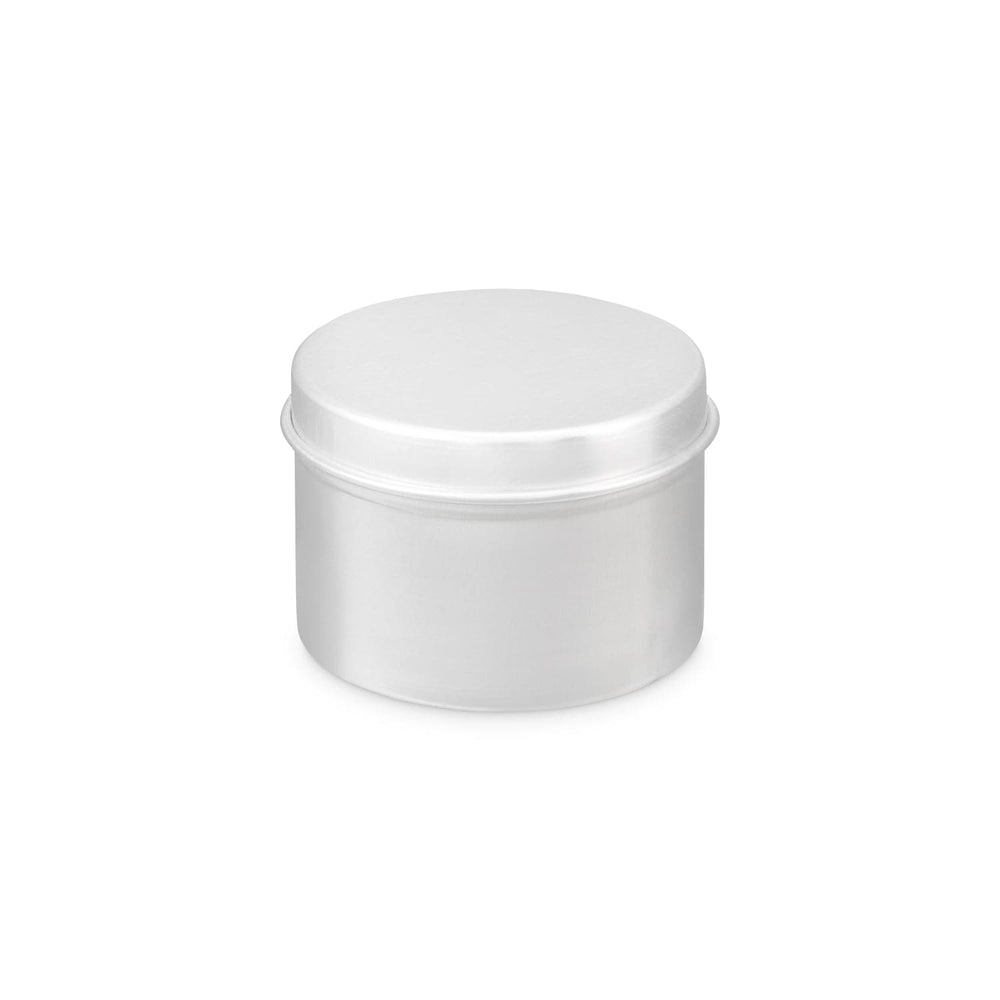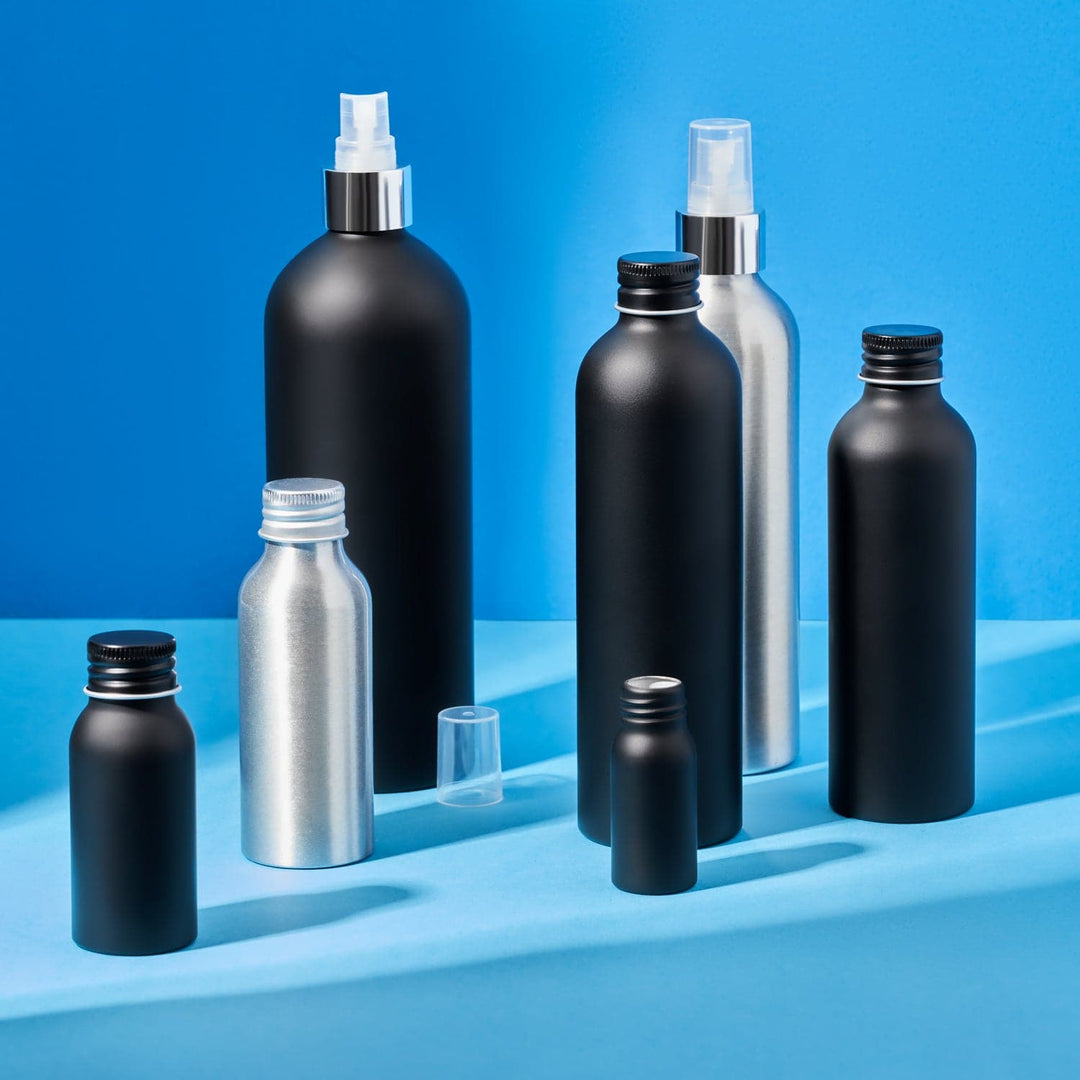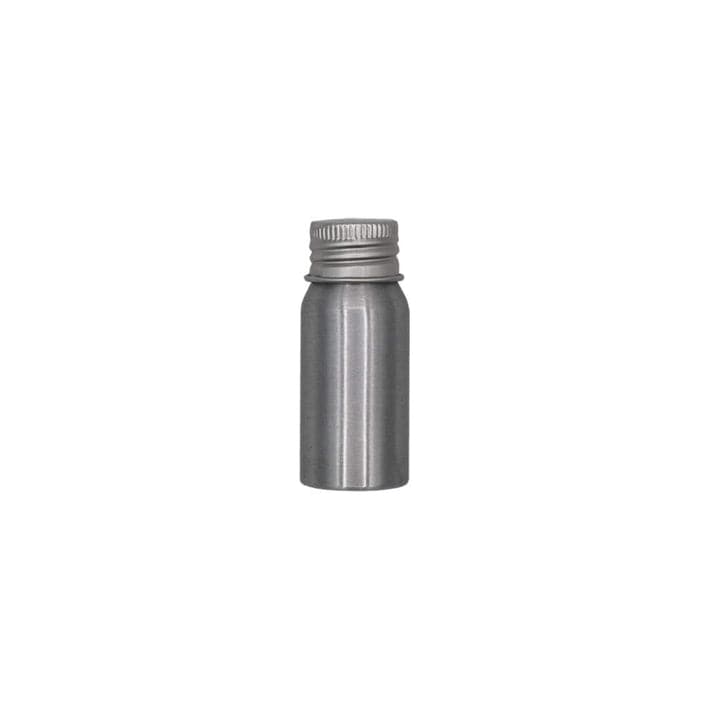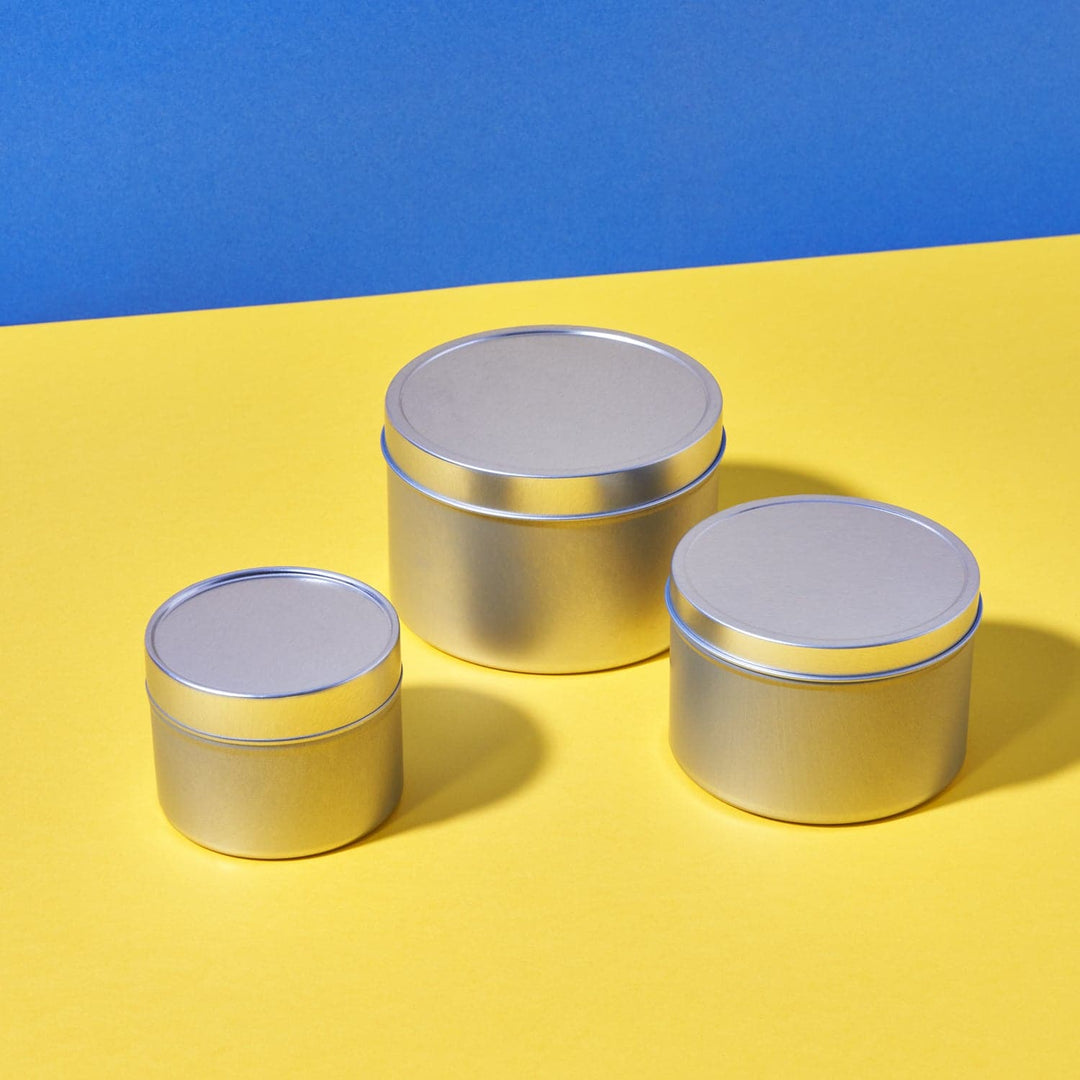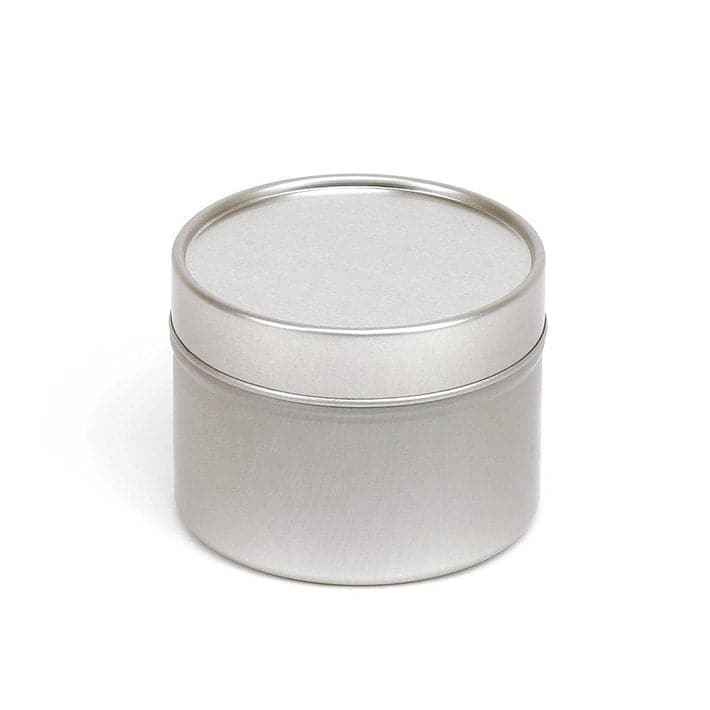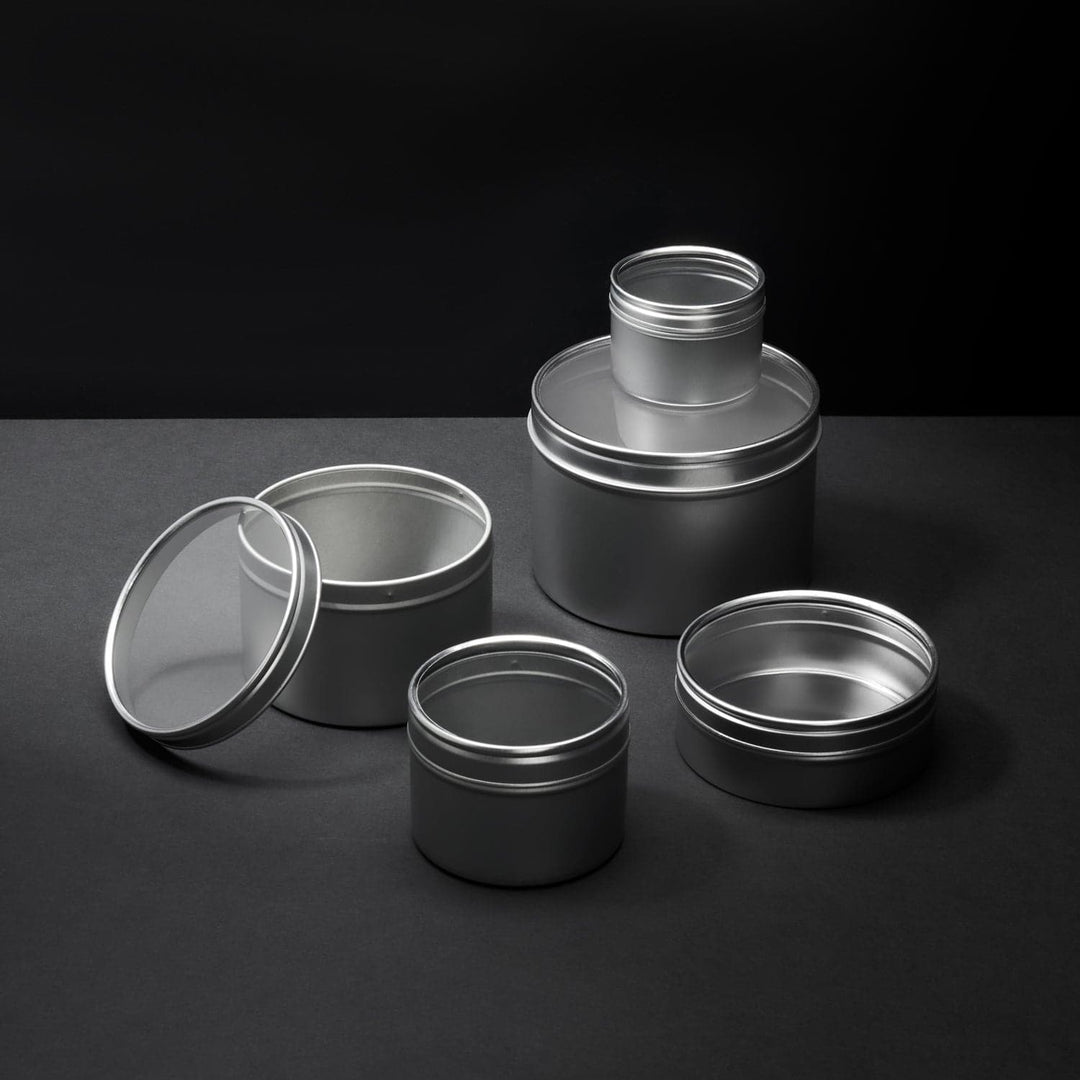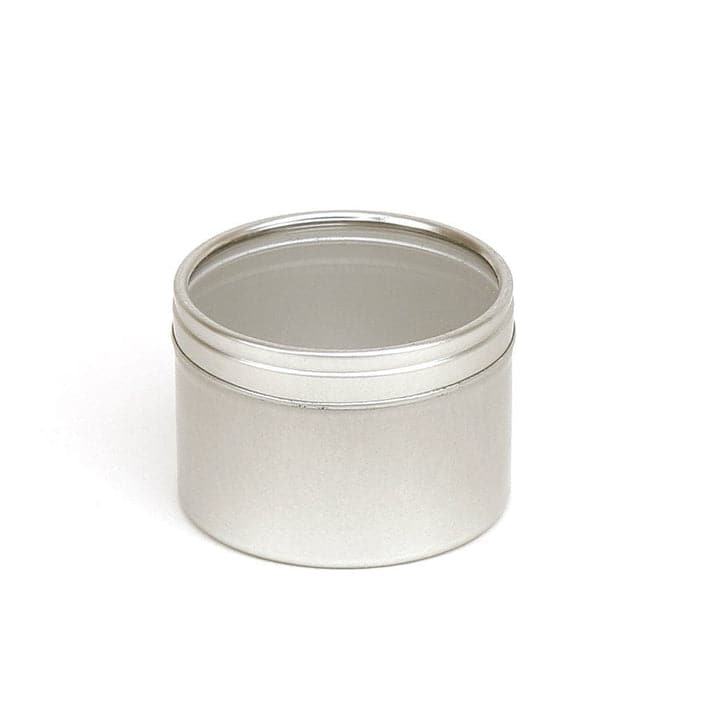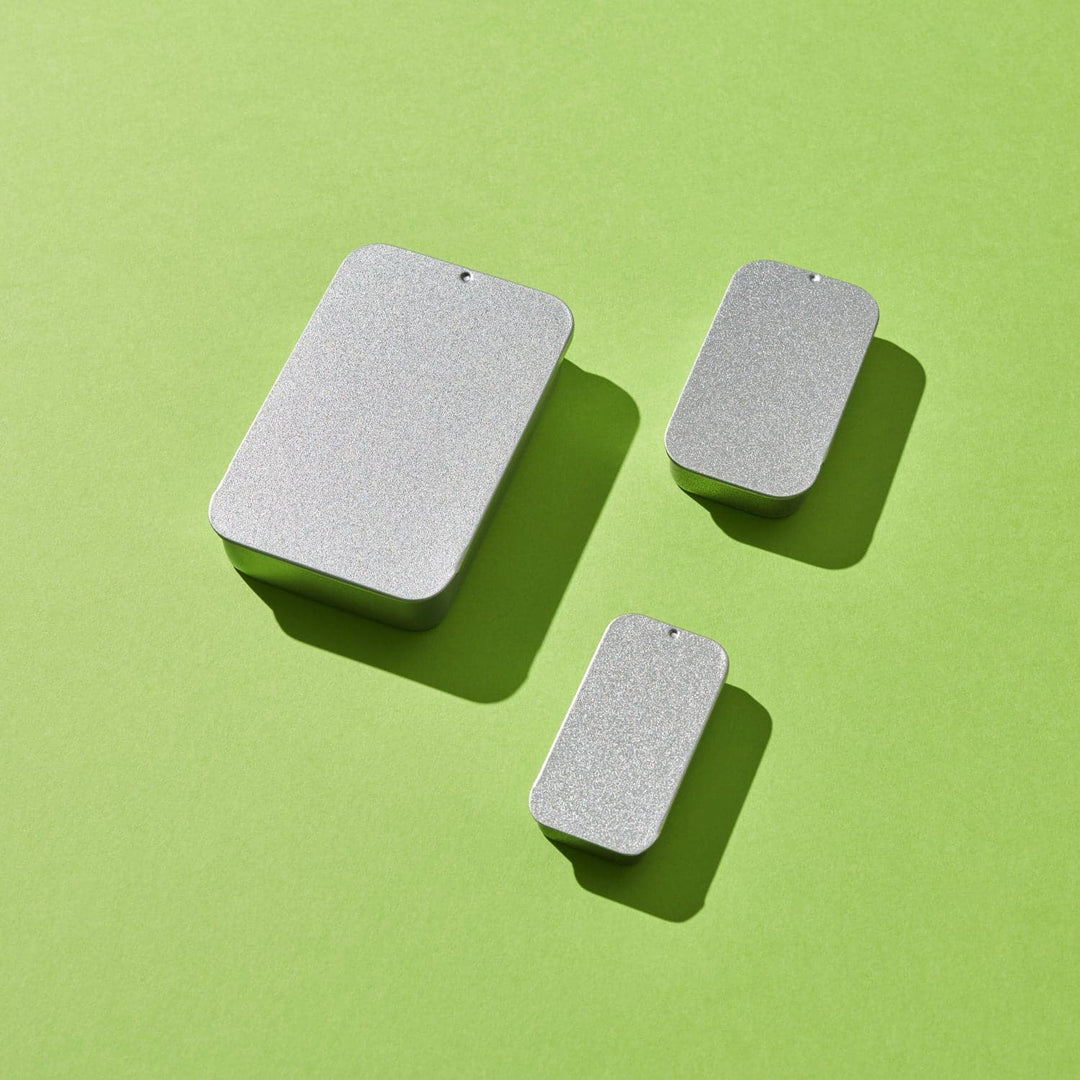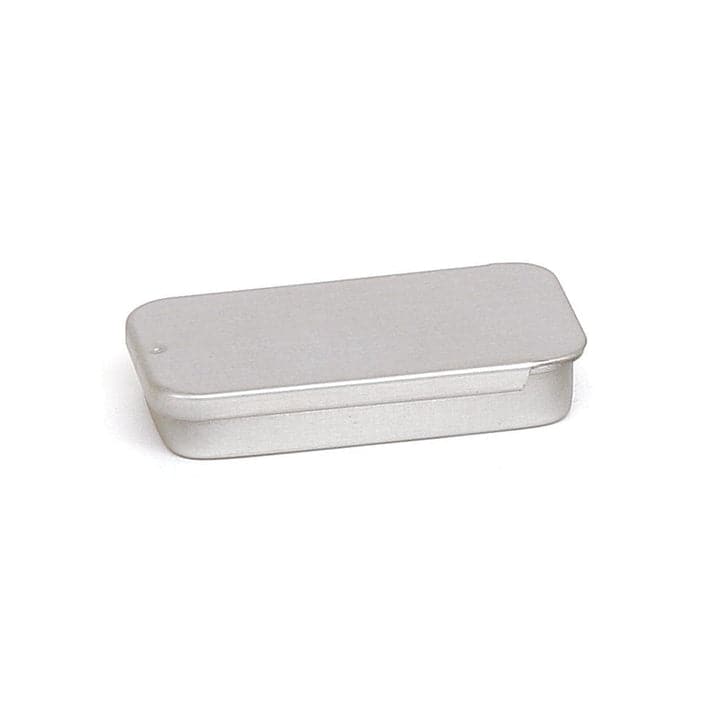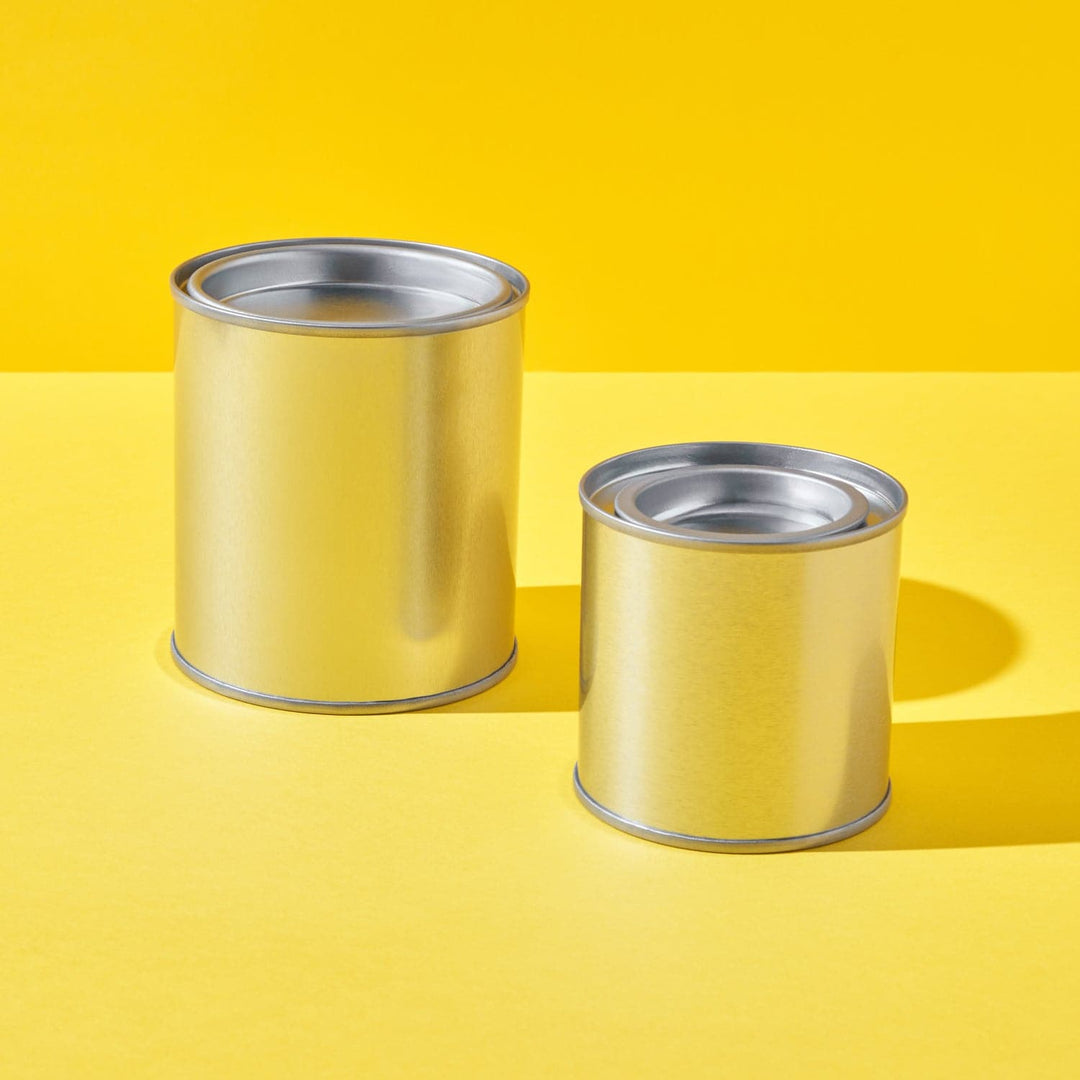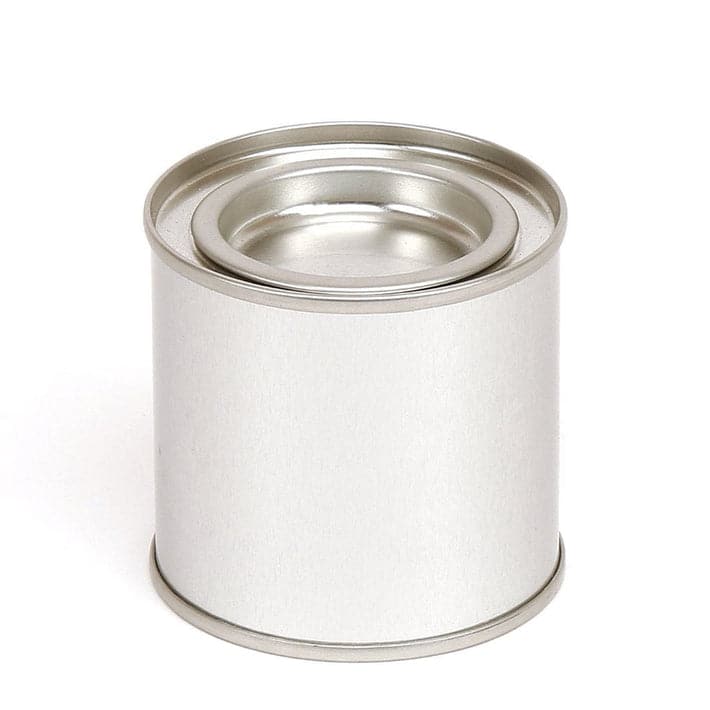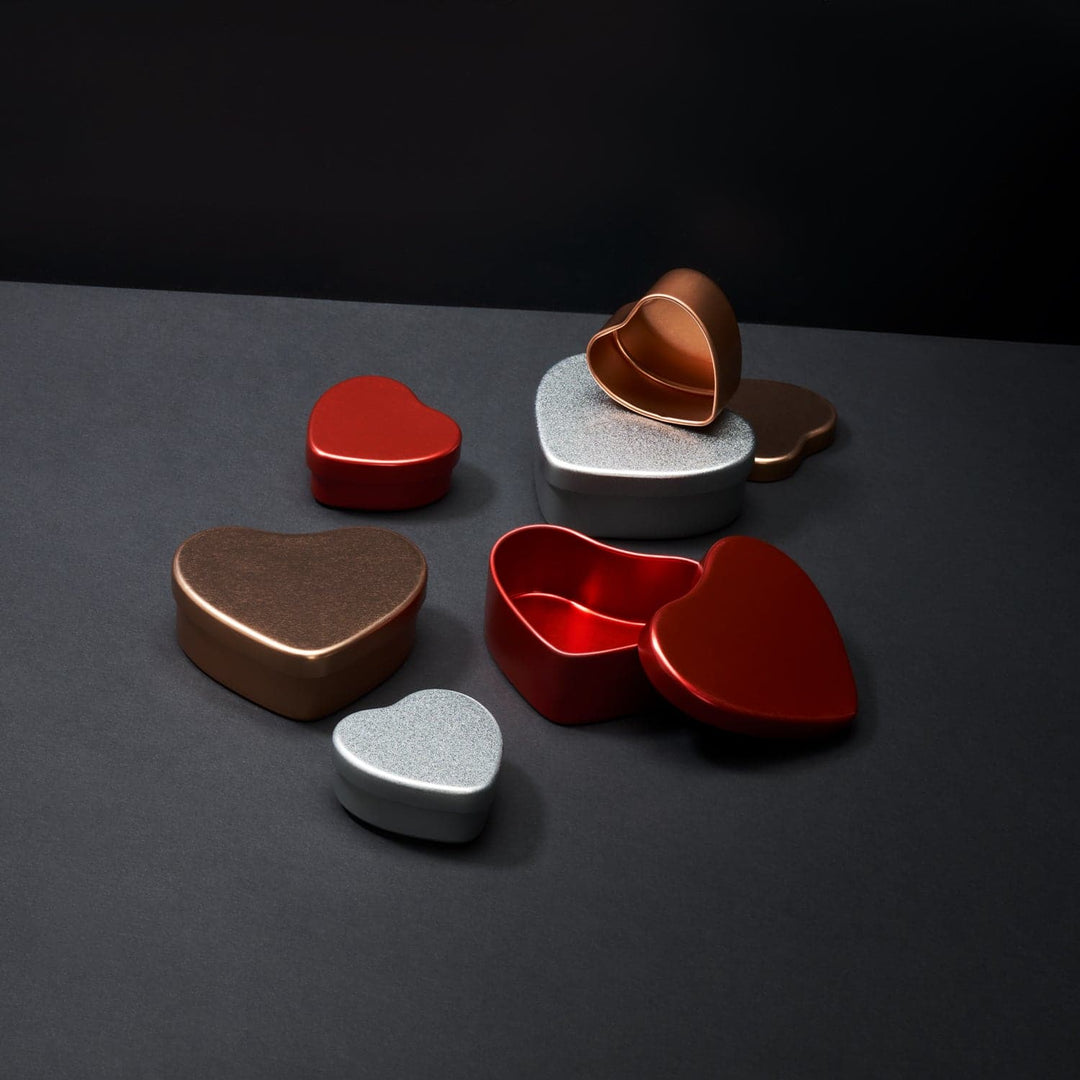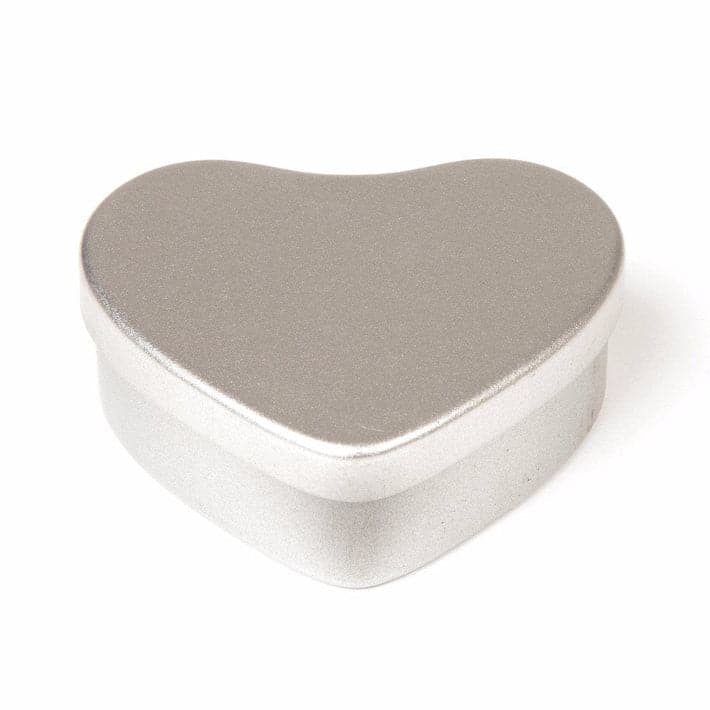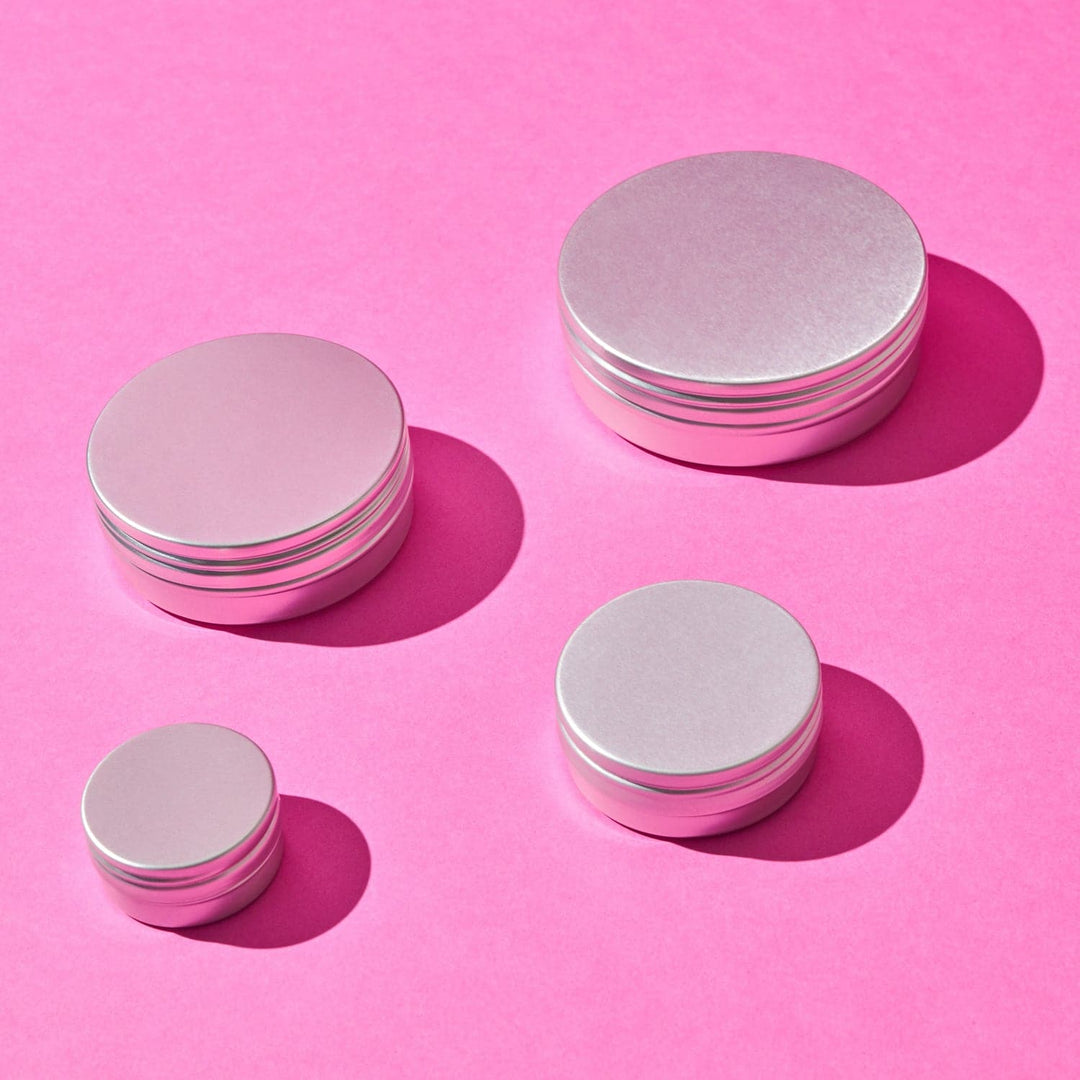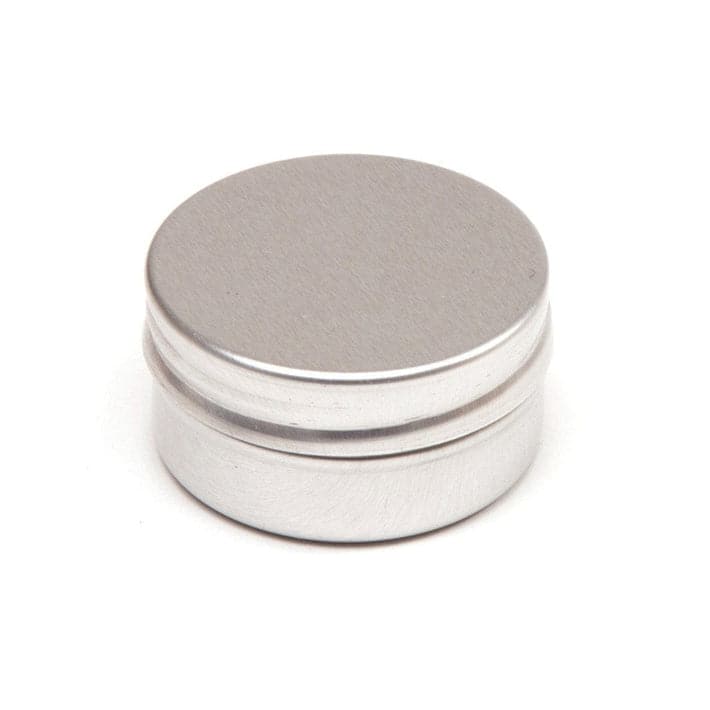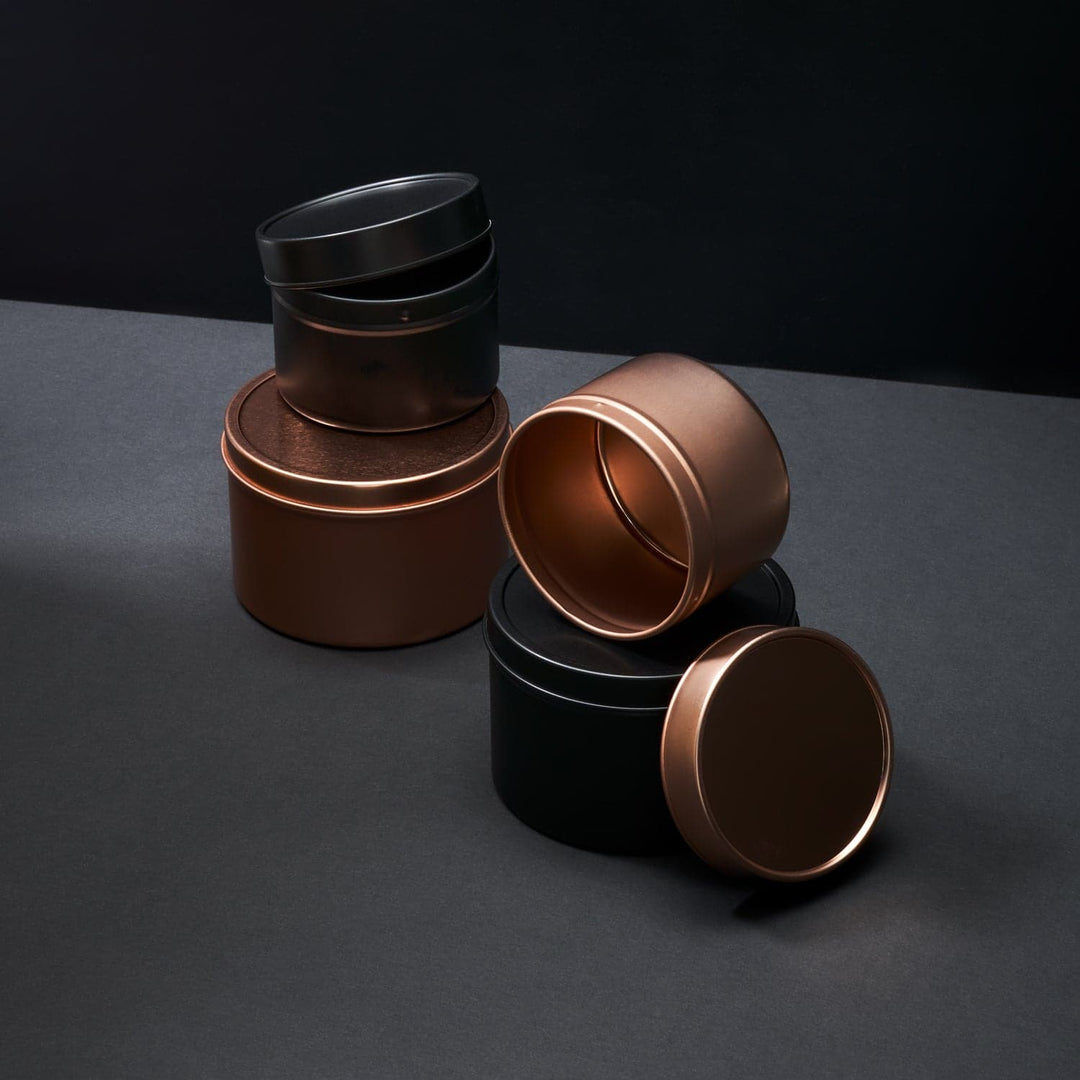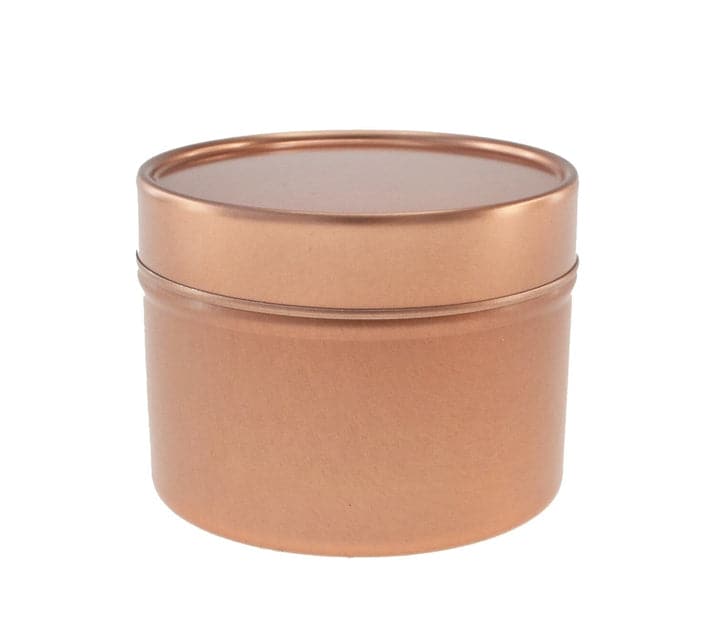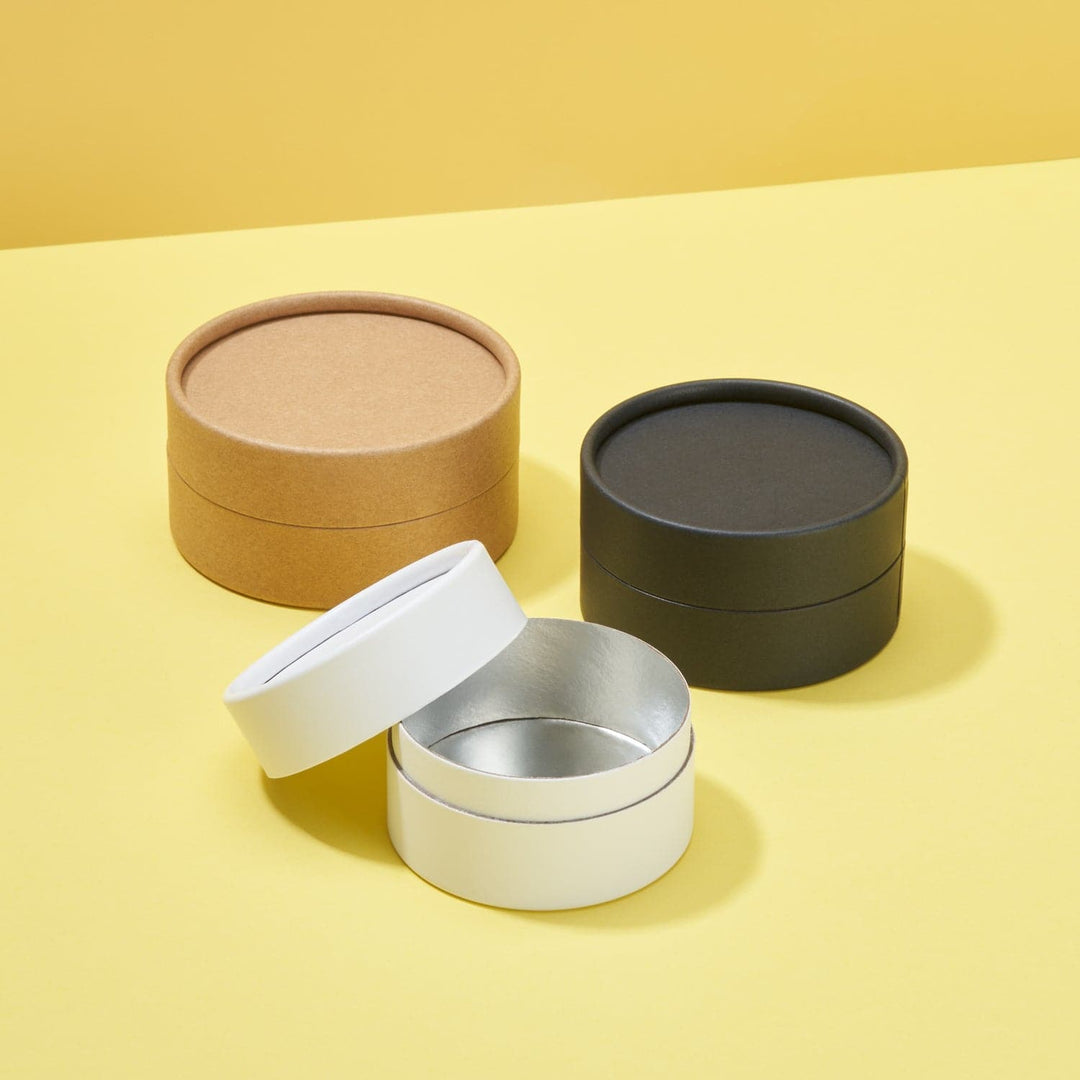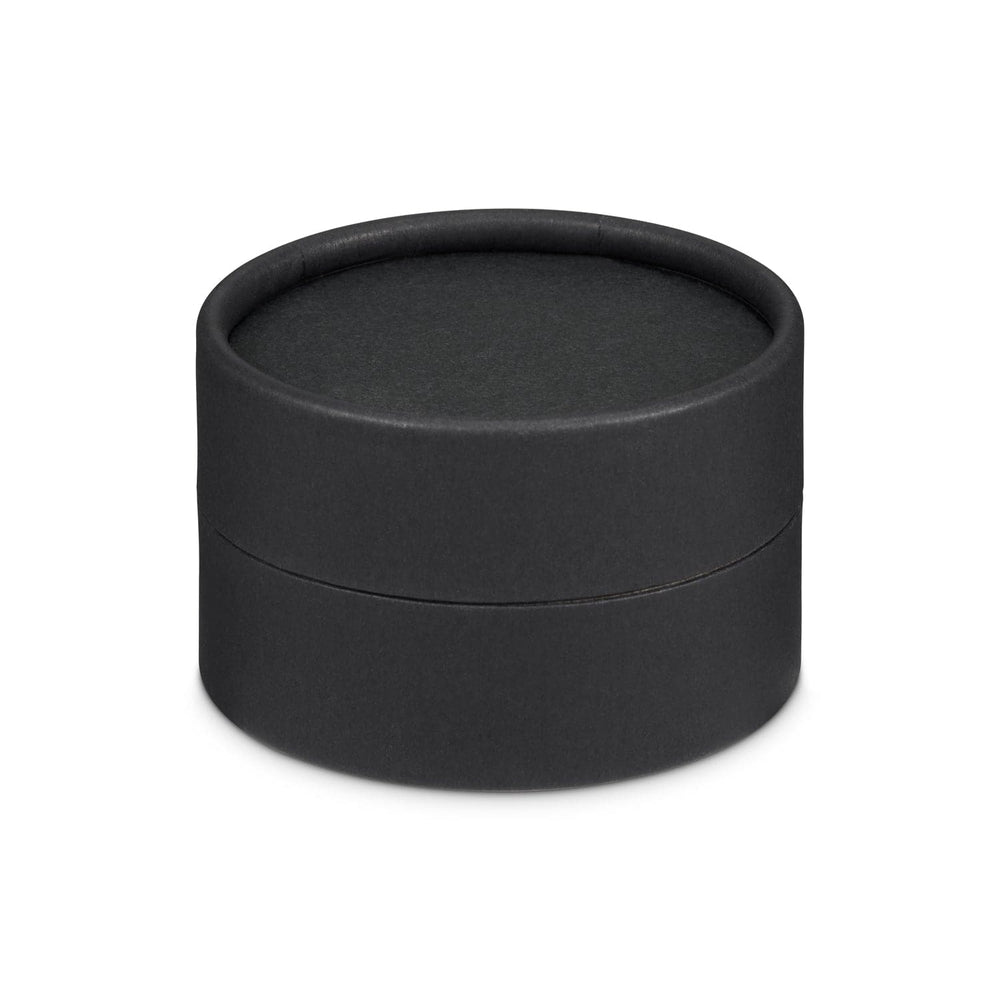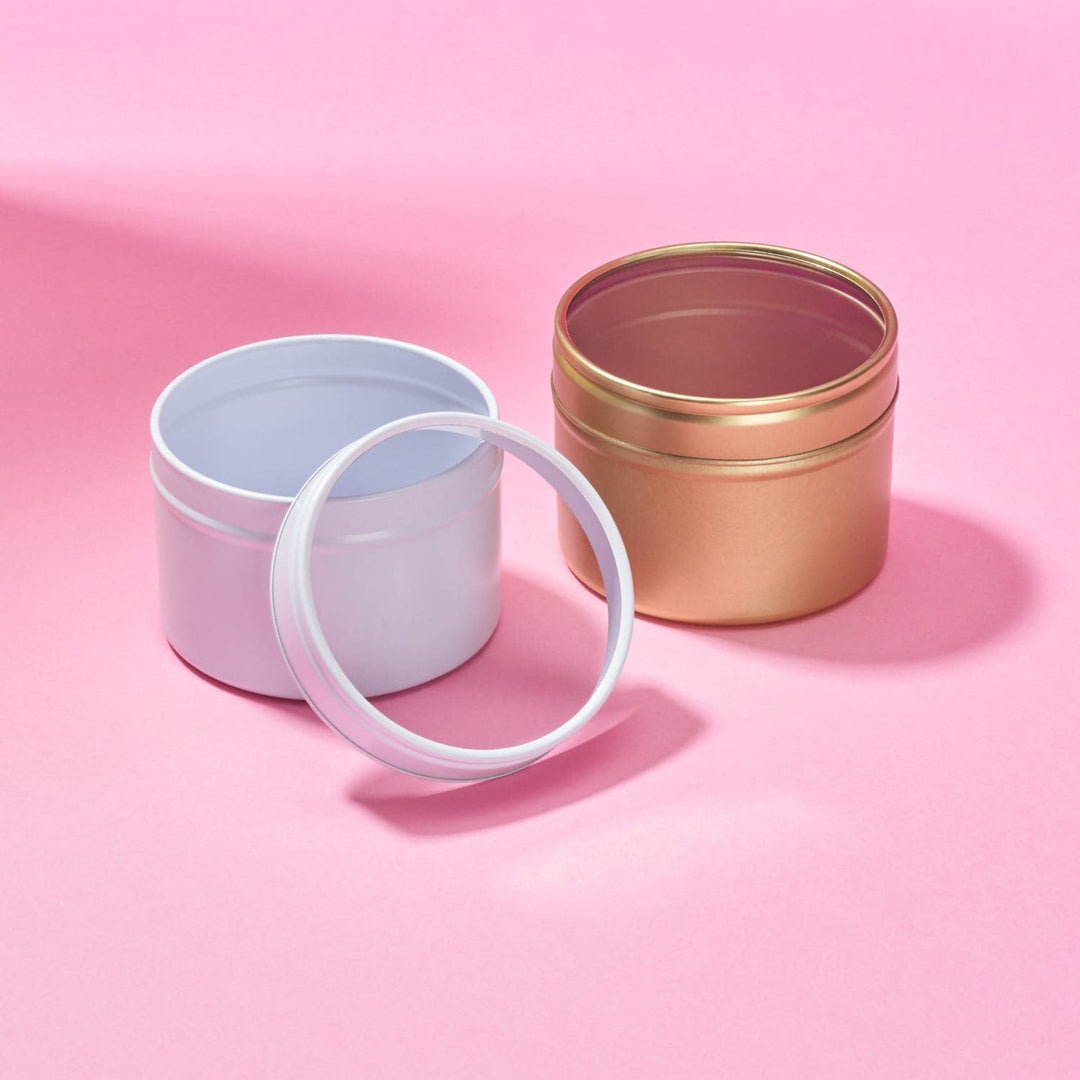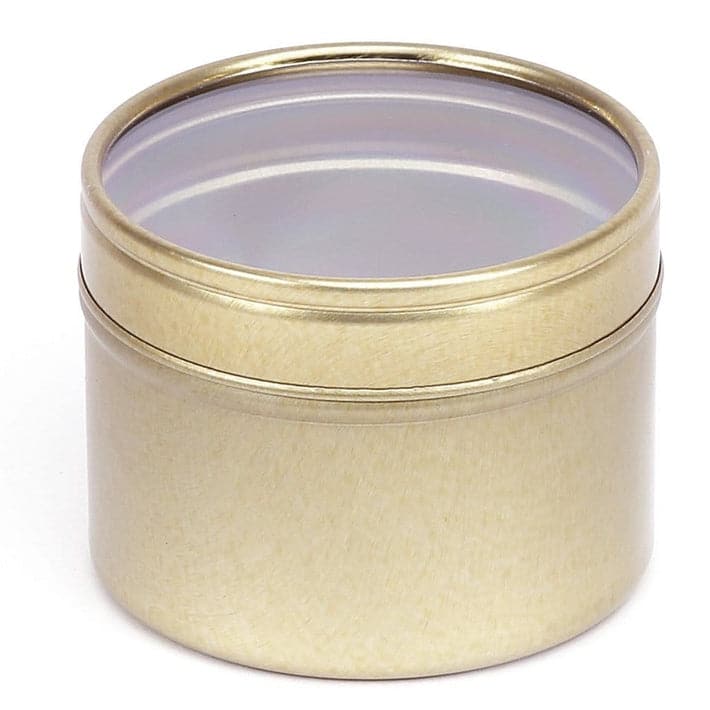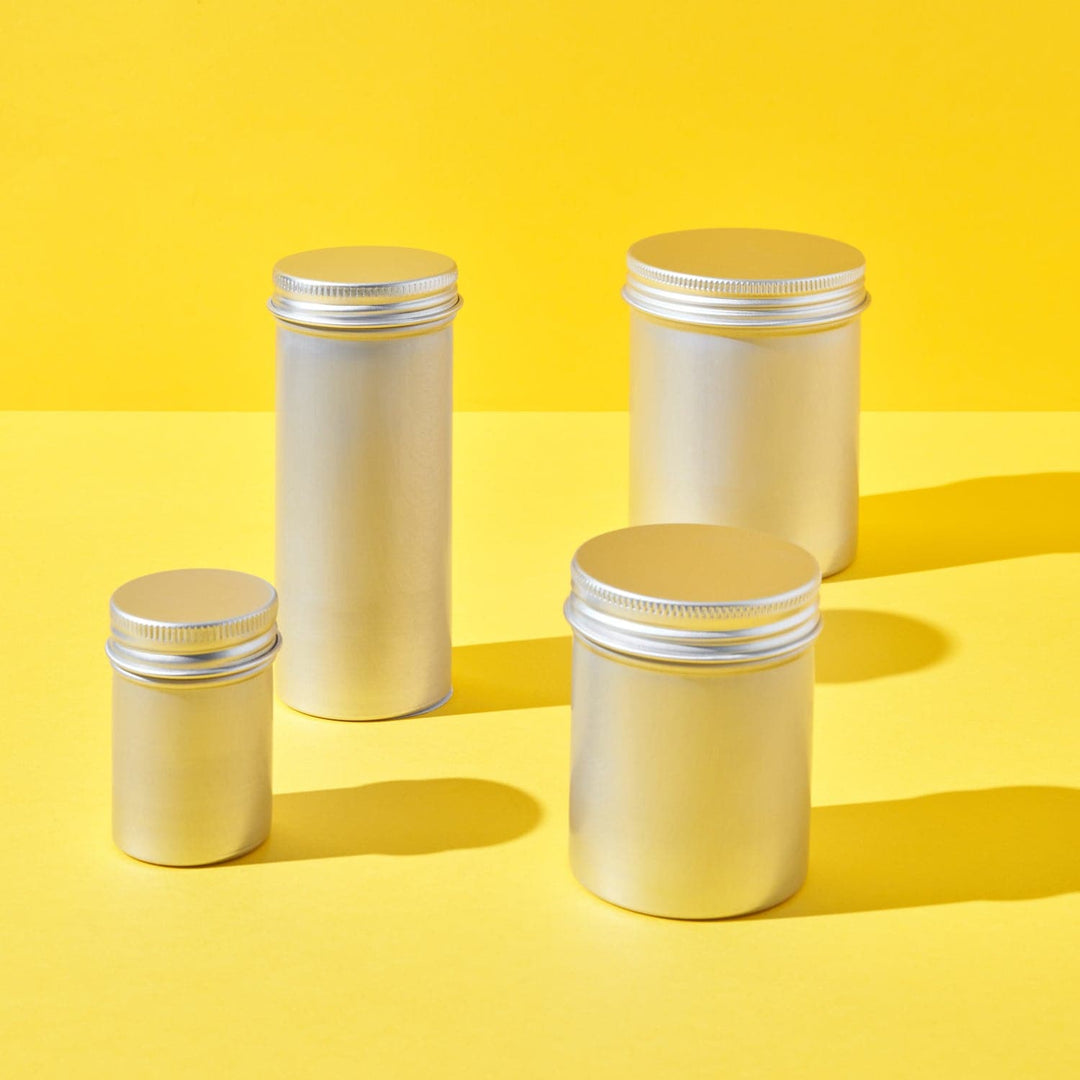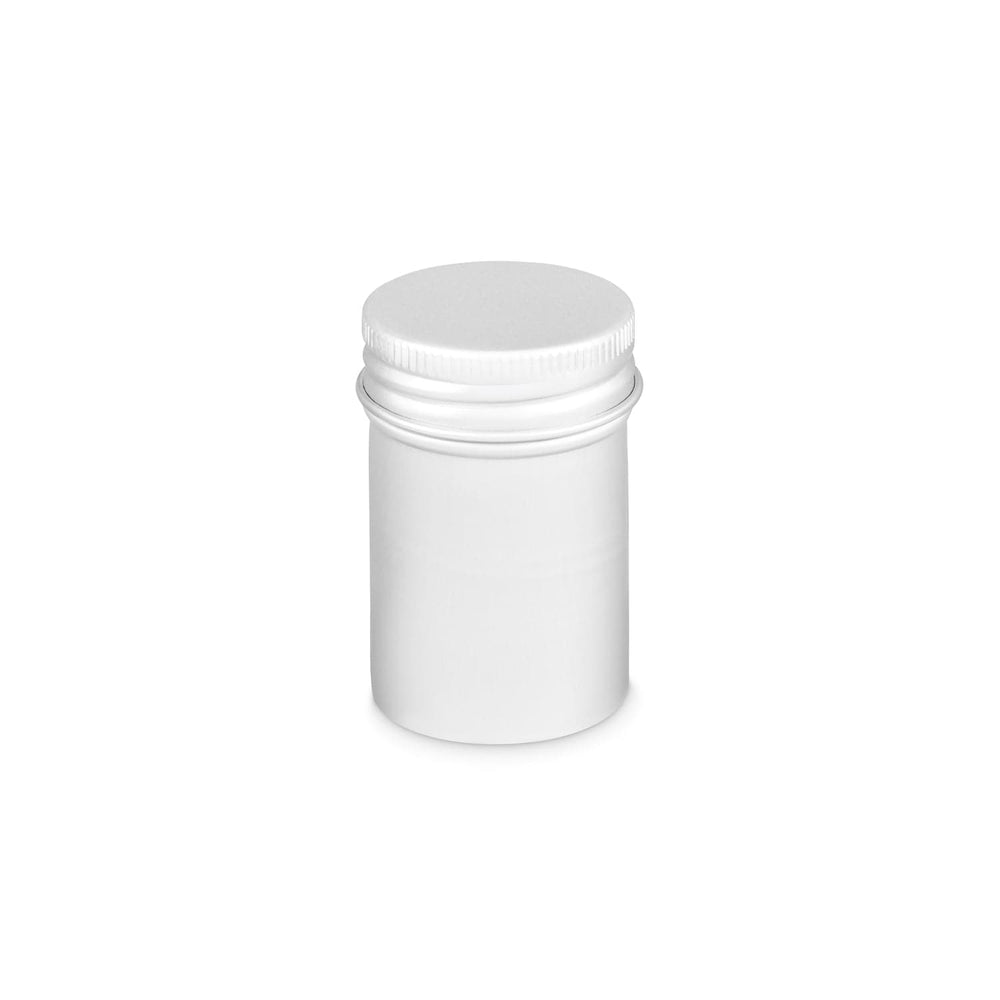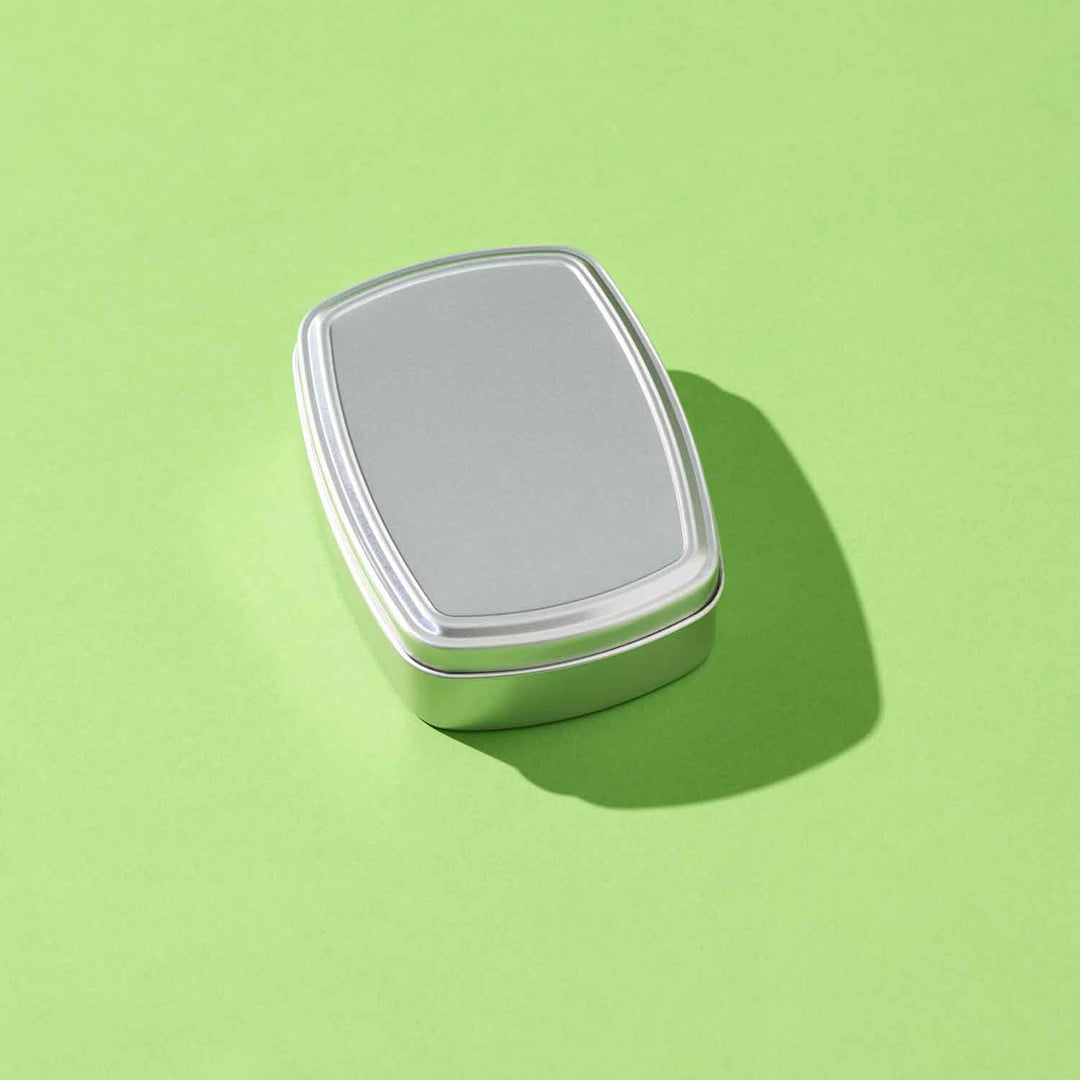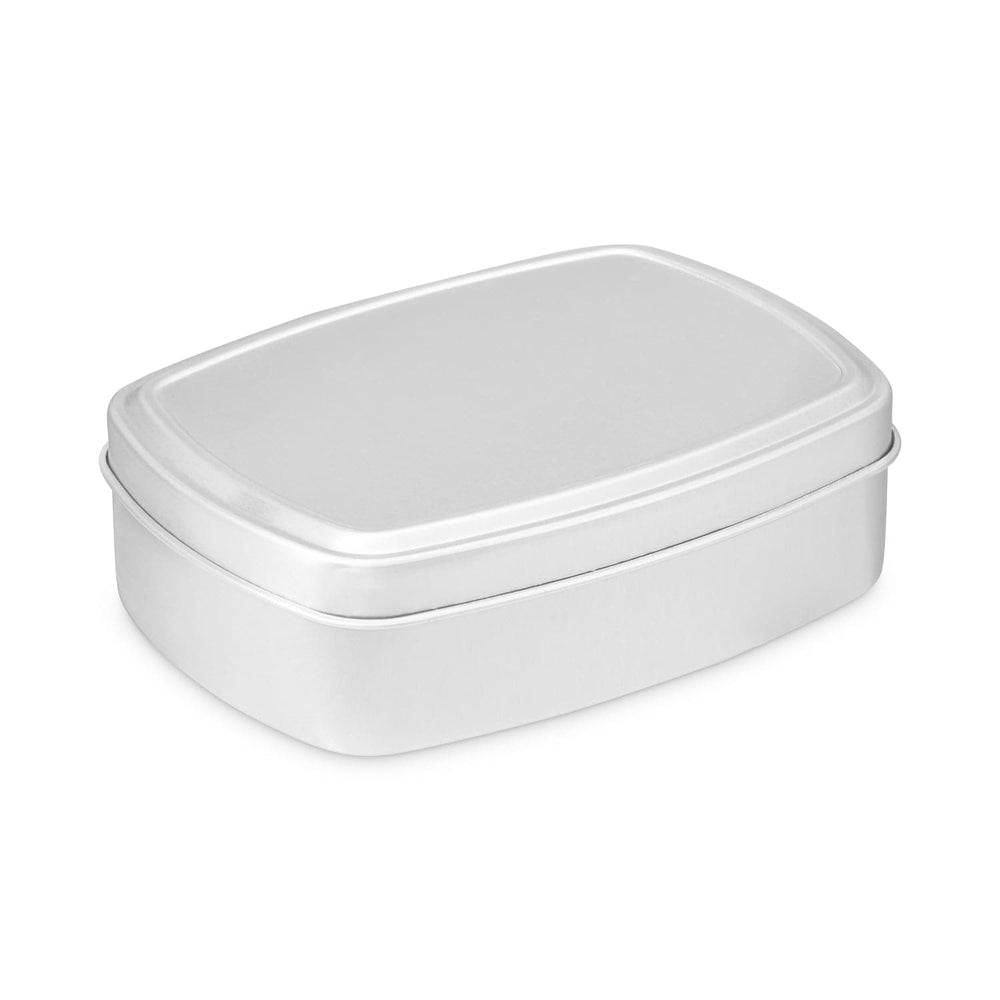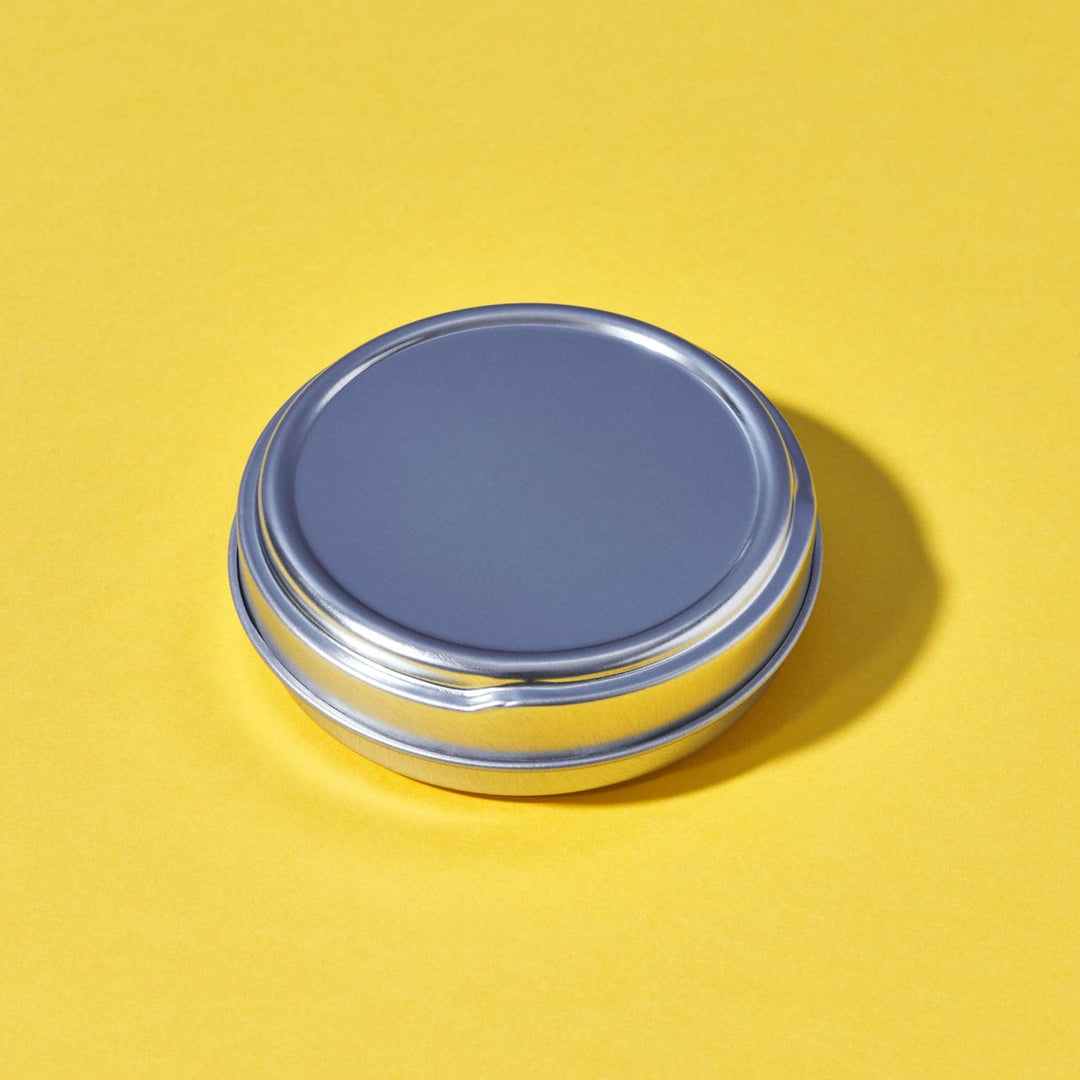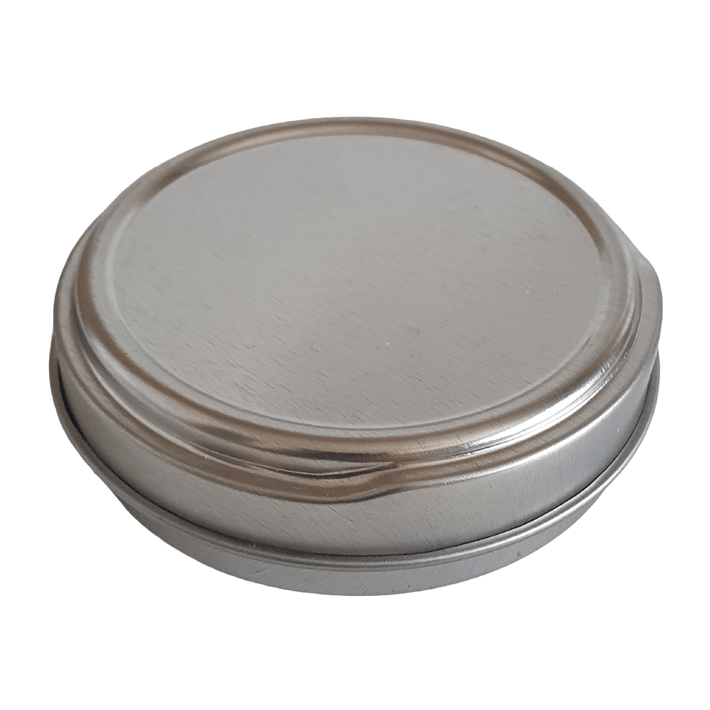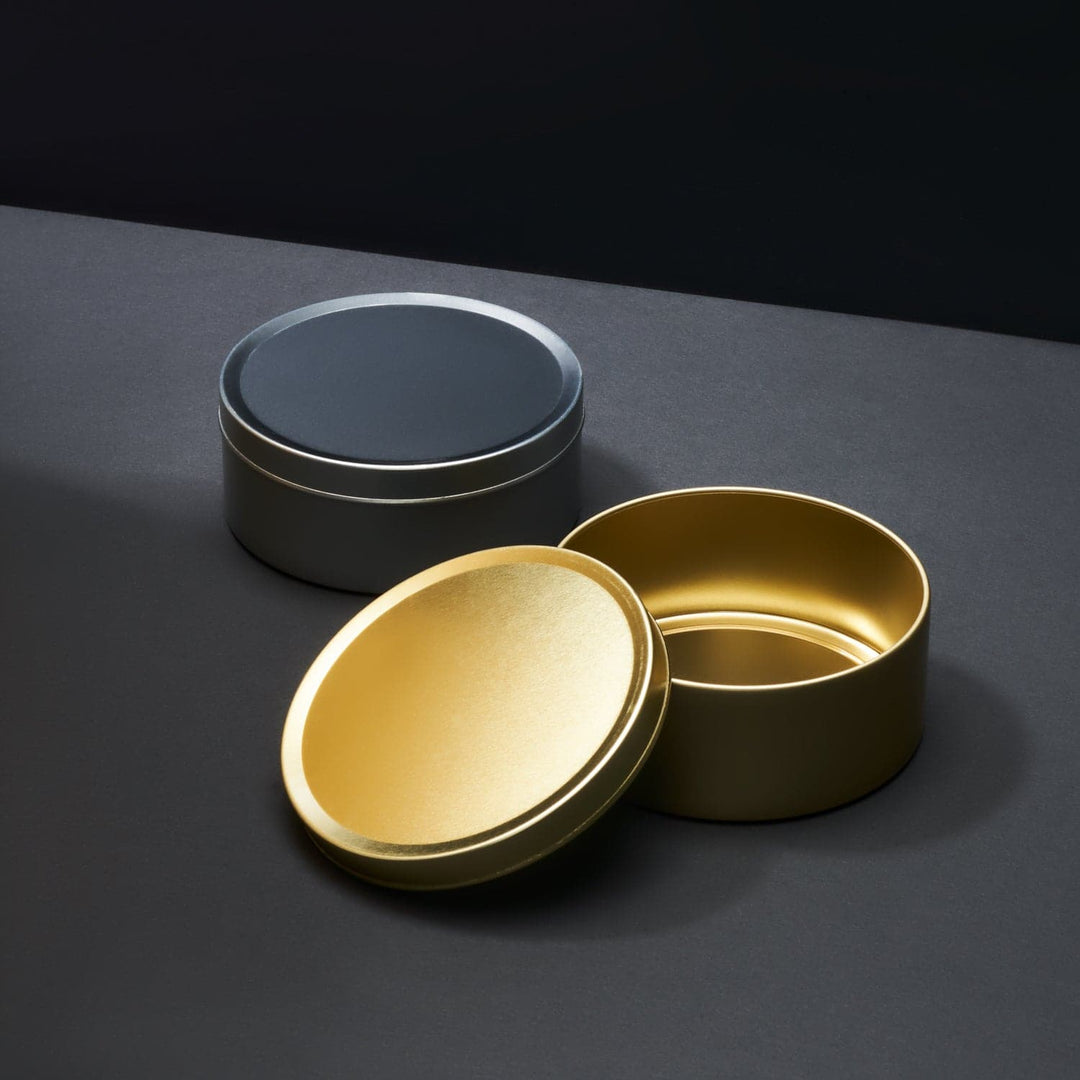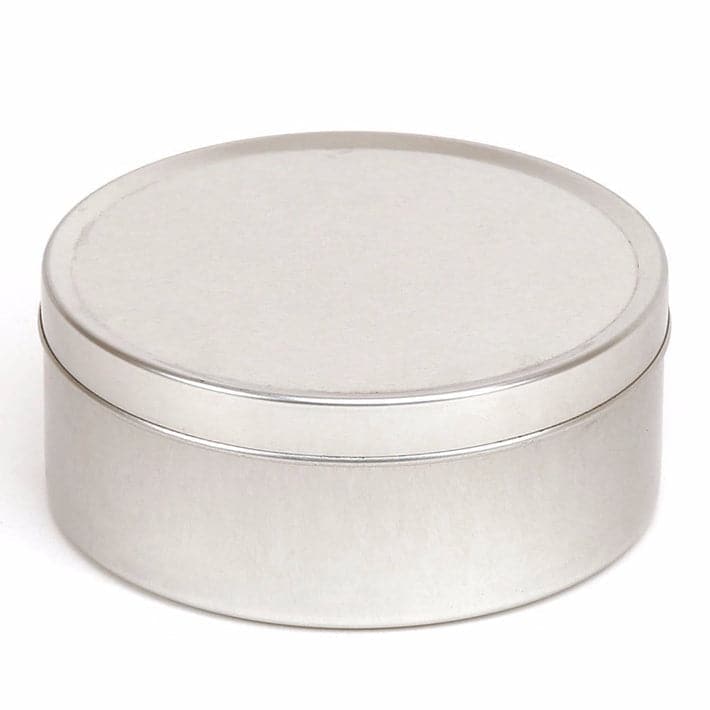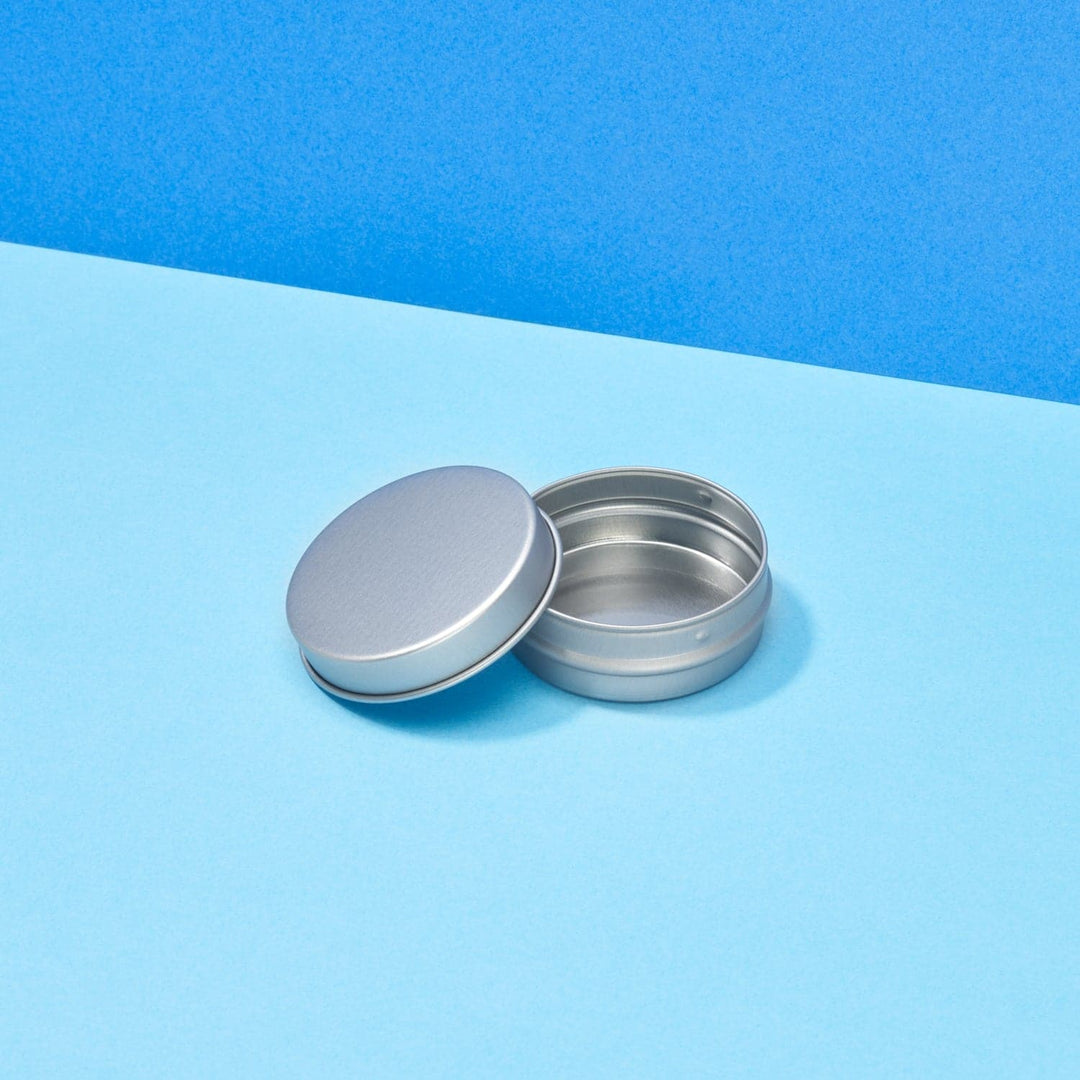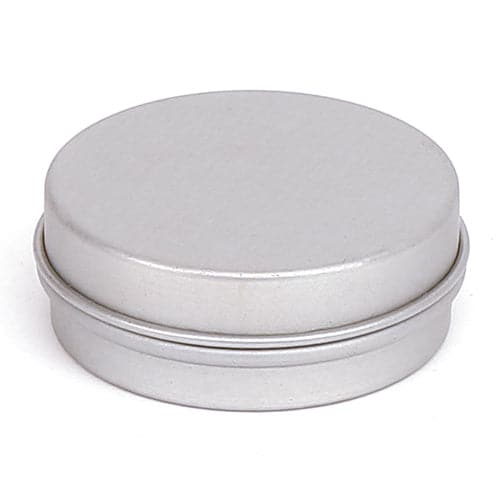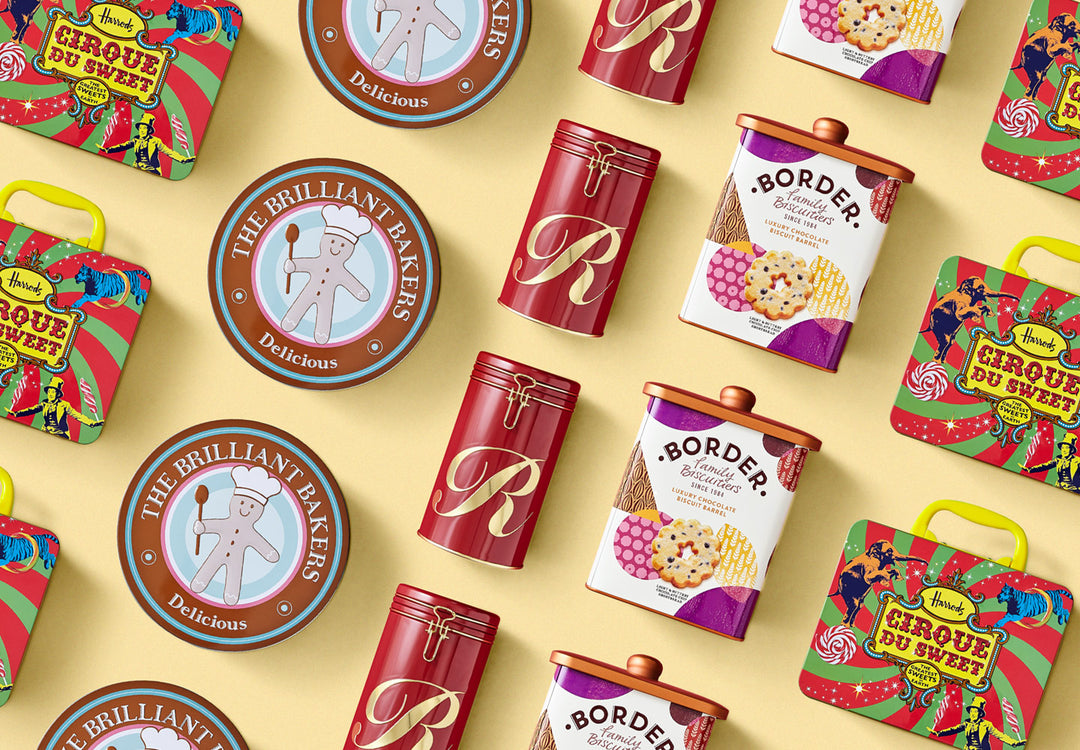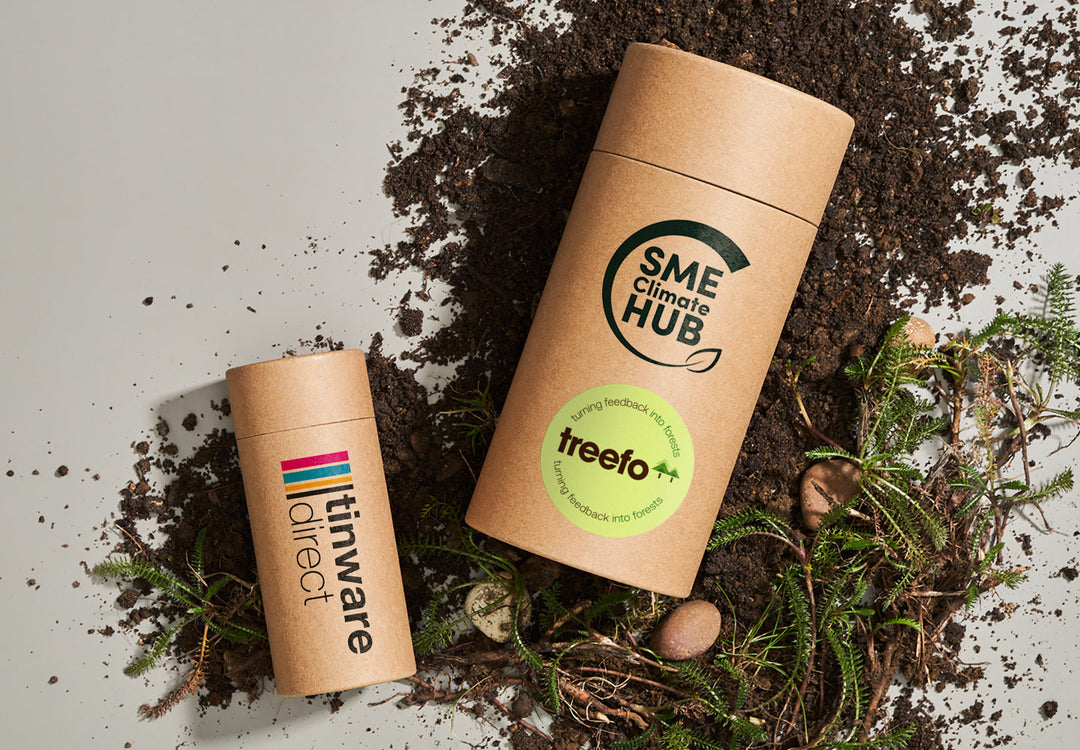Browse our selection of metal, aluminium and cardboard packaging, wonderfully suited for cosmetic products. Available in a wide selection of sizes, shapes, styles and colours, this cosmetic packaging is ideal for beauty creams, hair wax, powders, balms, and much more. Explore metal tins and cardboard tubes popular with our clients for packaging soaps as well as various water-based products. The collection is ideal whether you are starting your own line up of cosmetic products or searching for sustainable packaging solutions for cosmetic stock your business already offers. Designed with protective coatings, this packaging will remain in the same condition, regardless of use. Find the closure style and packaging material perfect for your cosmetic items today.
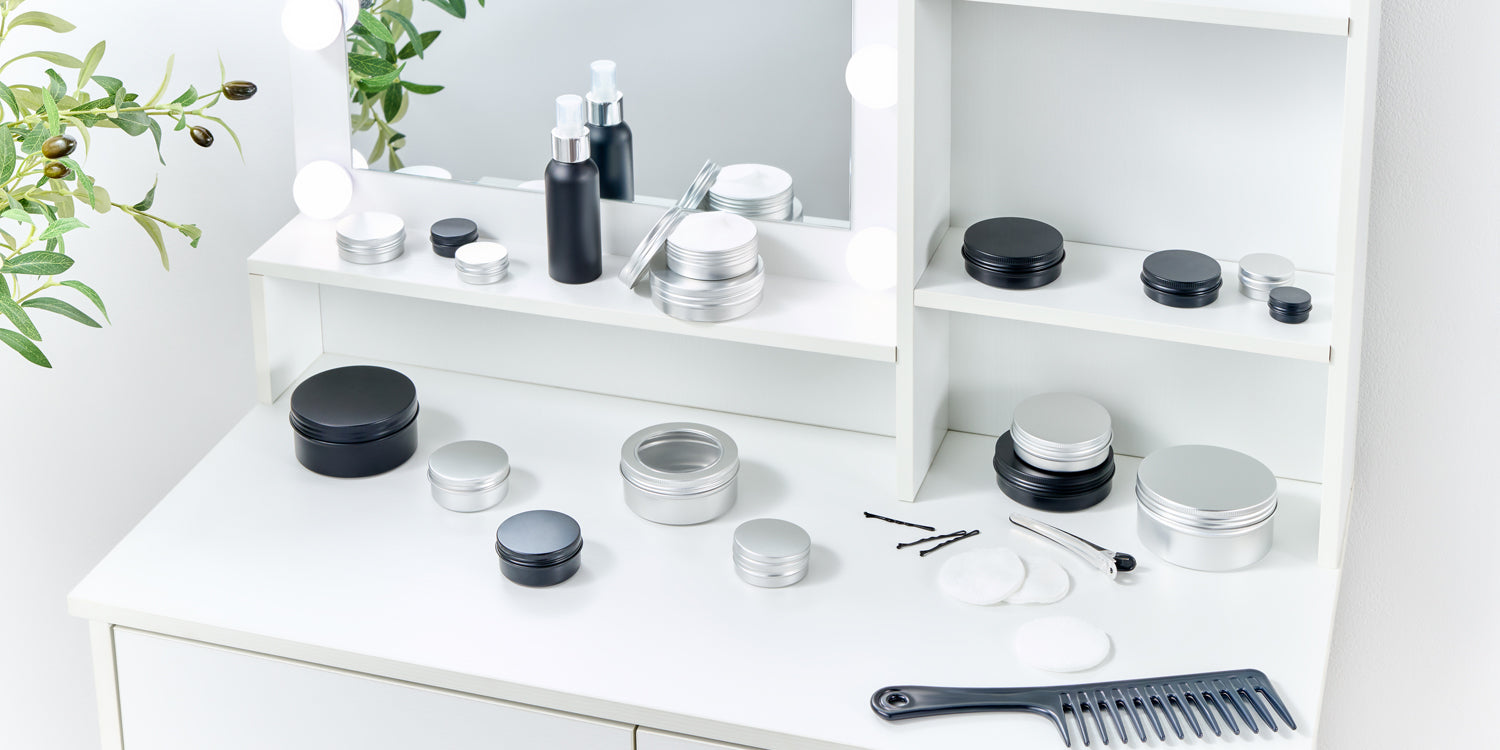
Cosmetic Packaging
Common Questions About Our Candle Tins
Tinware Direct’s tins are coated with a lacquer to protect them from environmental degradation, which helps prevent rusting. However, it’s recommended to avoid using tinplate products for water-based items and instead opt for aluminium, which is highly resistant to corrosion.
Additionally, storing tins in high moisture environments, freezers, or very high temperatures can degrade the lacquer and potentially lead to rust. We recommend testing a sample first to ensure you’re satisfied with how our packaging complements your product.
Here are some of our favourite reasons as to why we think tins are great when making and selling candles.
- They are lightweight, especially when compared to glass.
- Tins won't break or shatter like glass if dropped.
- Our empty candle tins come with secure lids, which will keep your candles protected in transit and free from dust and dirt.
- Tins are generally cheaper than glass equivalents.
- Once the tins are empty again they can be recycled (forever) or used for alternative storage. We love to see pictures of our tins being used in creative ways, so why not send us a picture of how you reuse your candle tins.
Metal tins do not prevent tunnelling, where the wax only melts in the middle leaving a wall of wax around the edges. Tunnelling is more about wick placement and burn time than what the container is made of. That said, some glass jars with thick walls might encourage uneven melting and contribute to tunnelling.
The best way to avoid tunnelling is to make sure that, at least for the first burn or two, the candle remains lit for long enough to allow the entire surface of the wax to melt and liquify. Once tunnelling starts, it is likely that the candle will continue to burn down in a narrow "tunnel". Without intervention, such as manually melting the wax around the sides, tunnelling can end up wasting a lot of wax.
Larger diameter candles will often use multiple wicks to help the wax melt evenly and reduce the risk of tunnelling.
Historically, metal cans used to preserve food and other materials were made of tin and were, therefore, called tin cans. Over time, the term became embedded in everyday language and the name stuck for all metal containers — including those made from aluminium.
This is similar to kitchen foil, which is still often called "tin foil", even though it’s now made out of aluminium. At Tinware Direct, we sell a range of tins made from both tin and aluminium.
For additional information, please see our knowledge base, or give our friendly customer service team a call.
